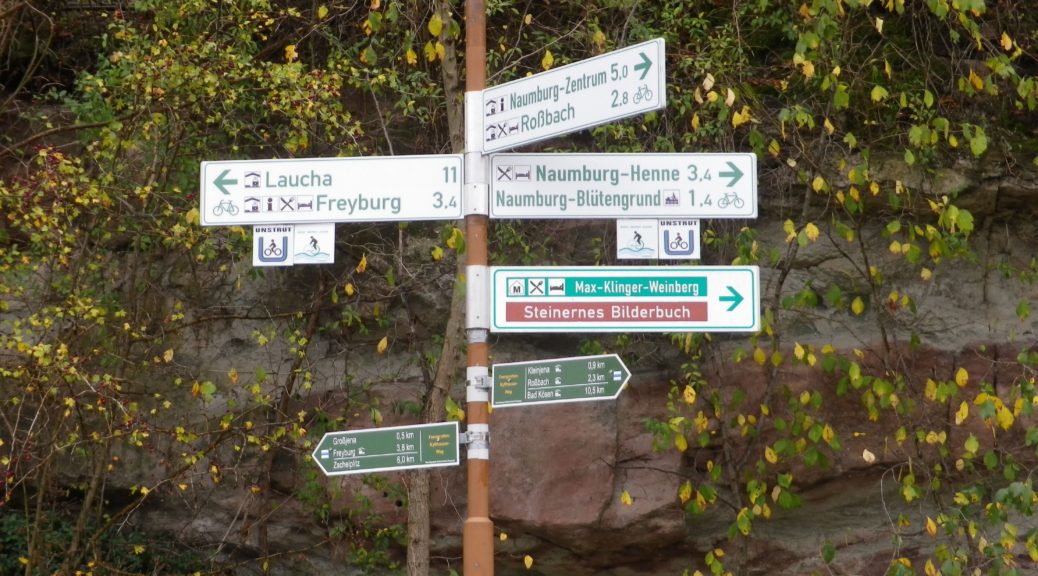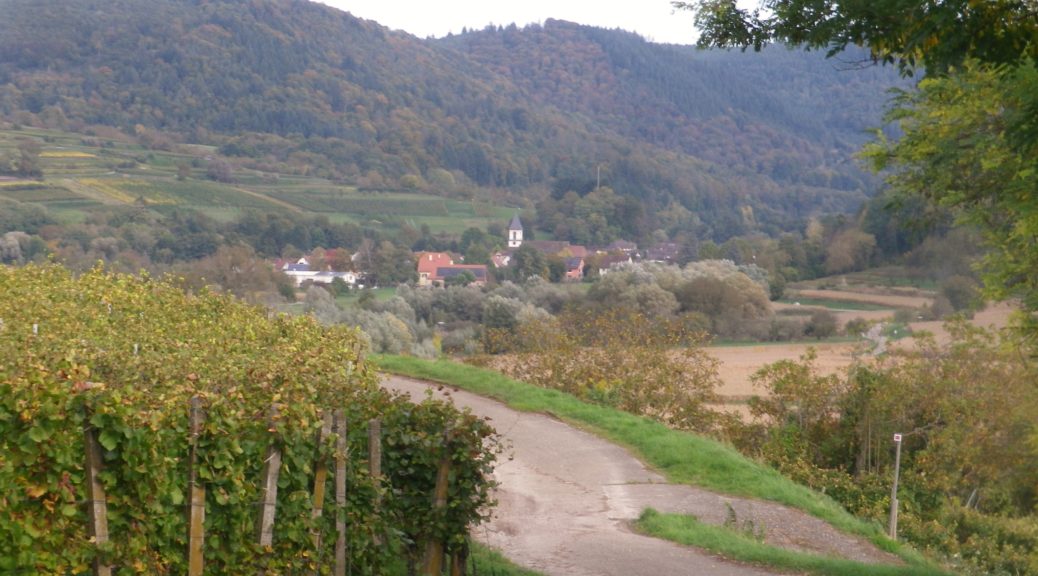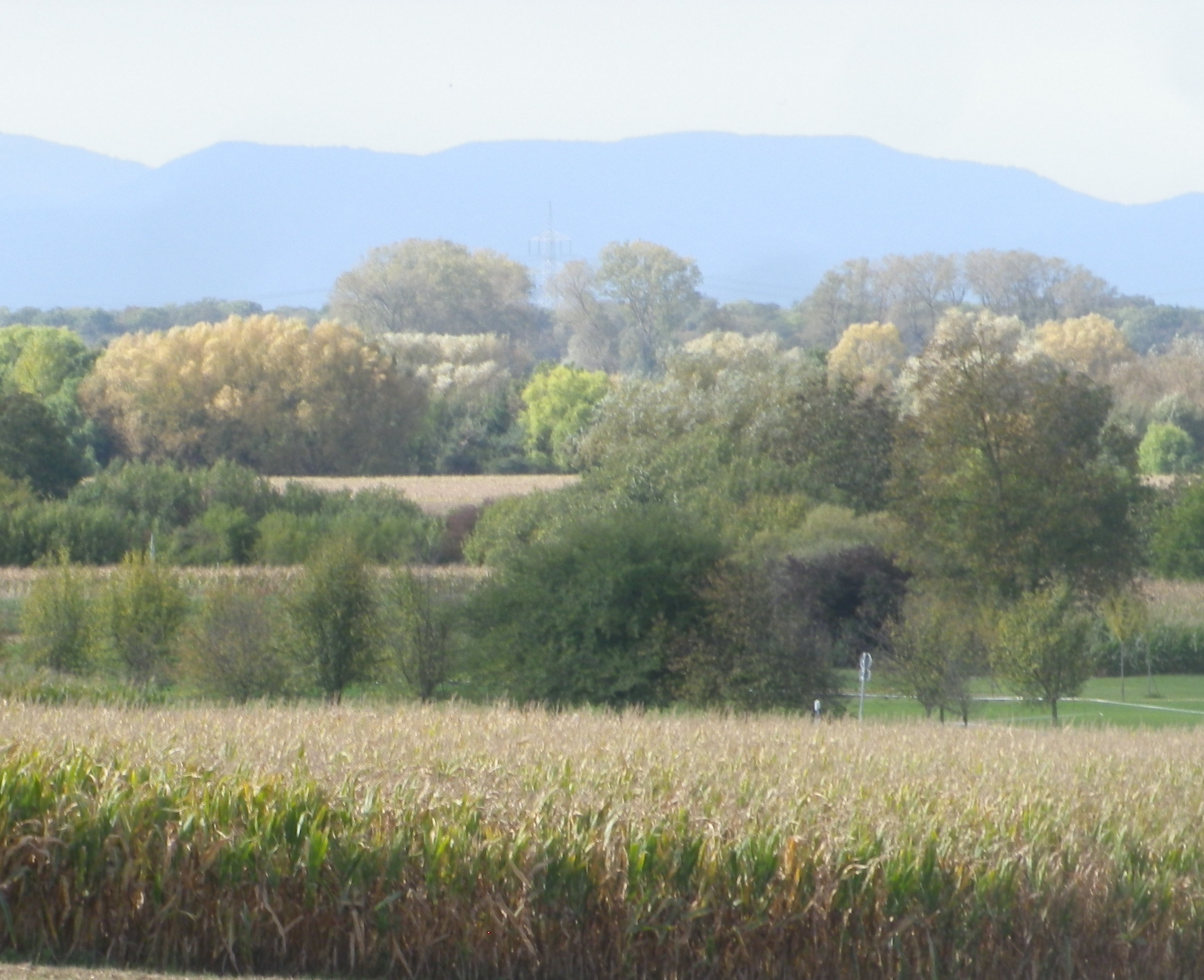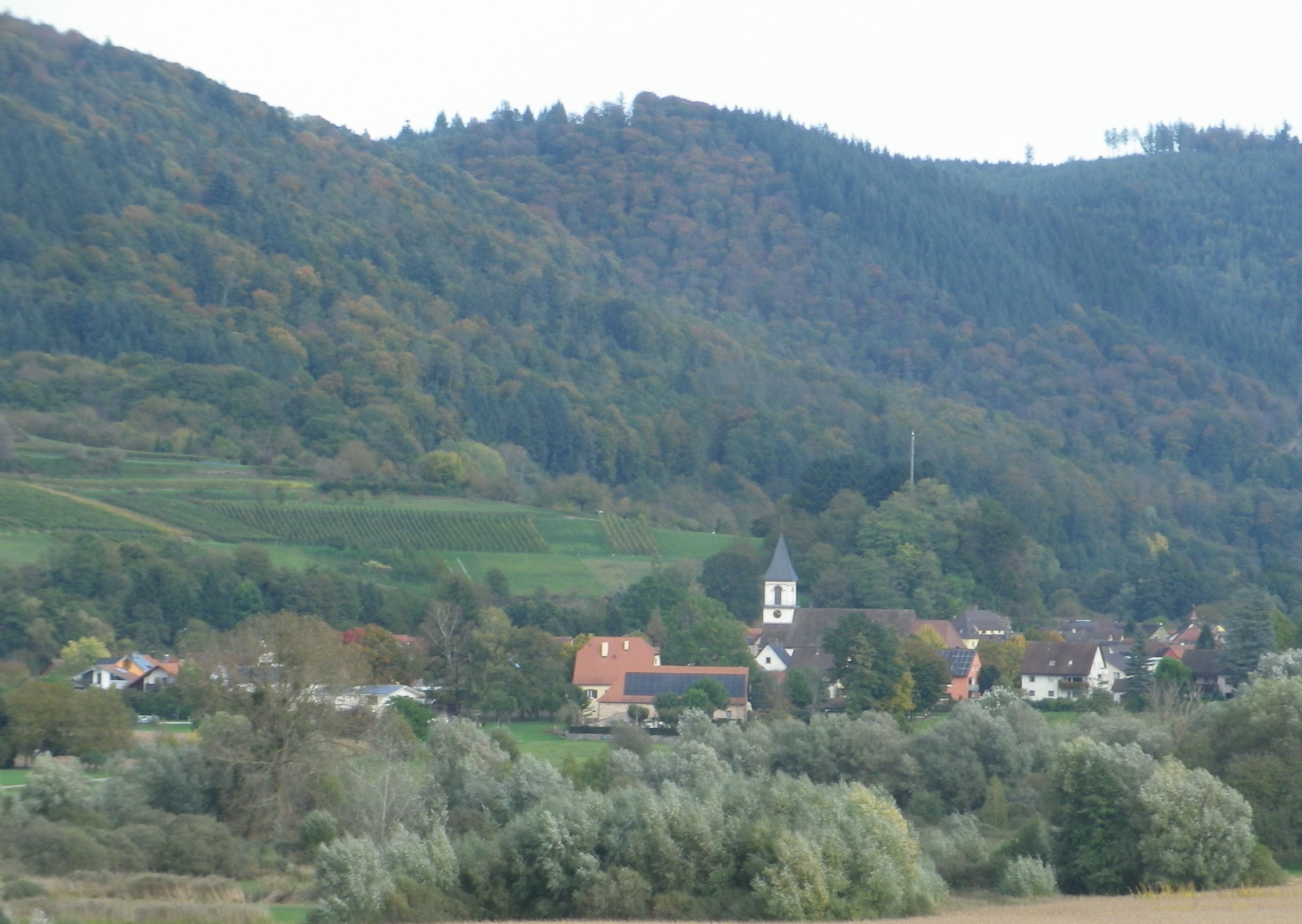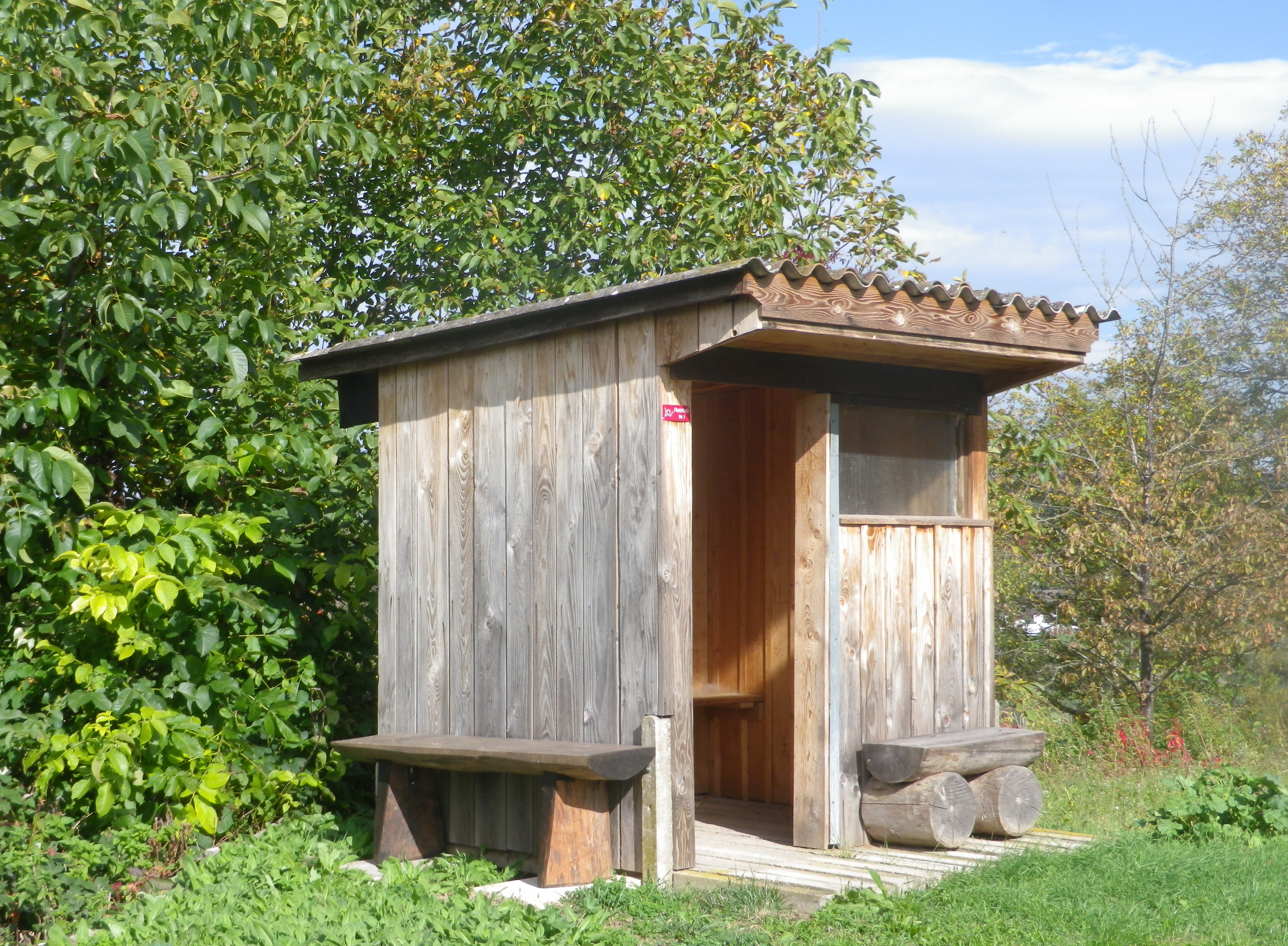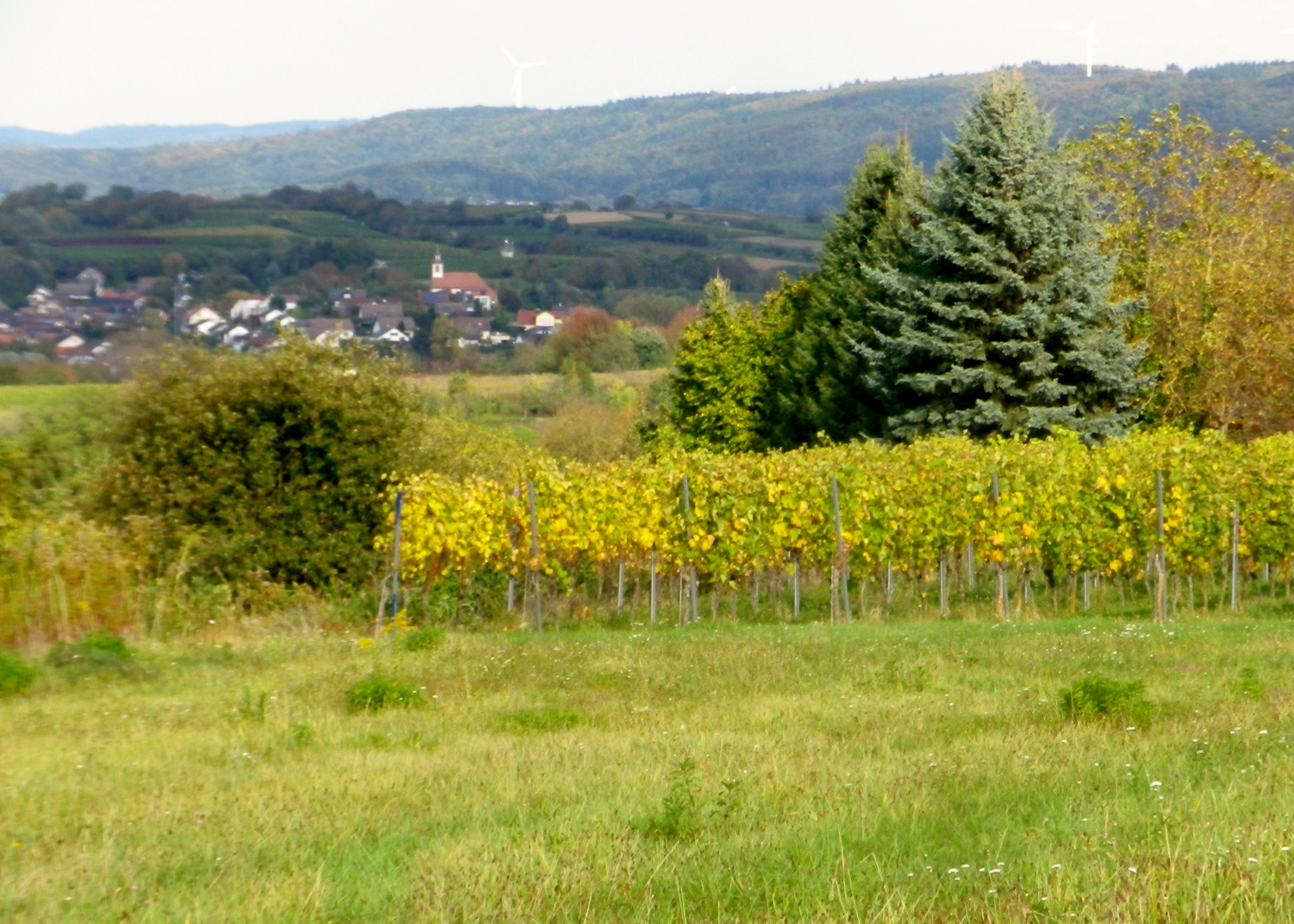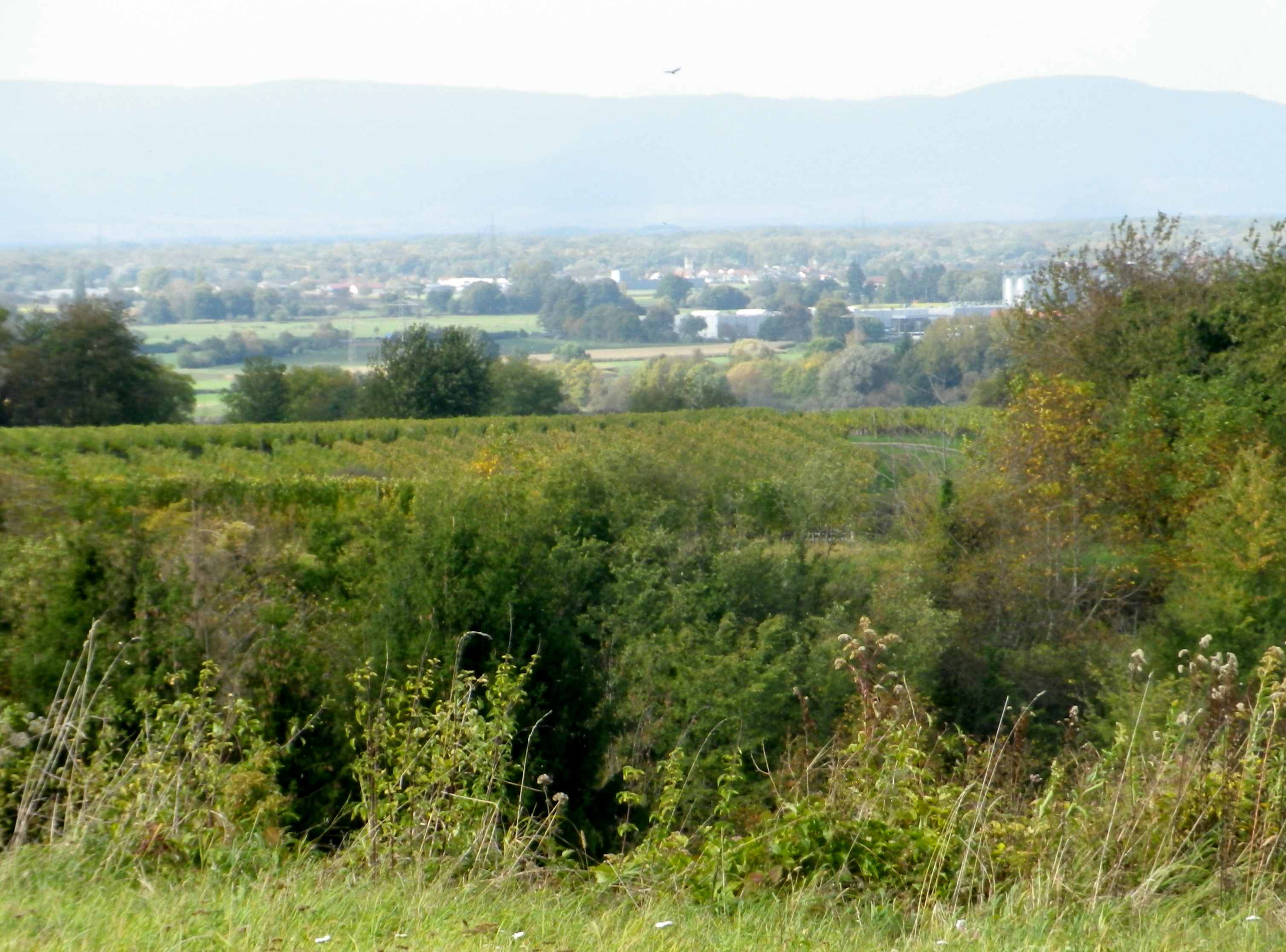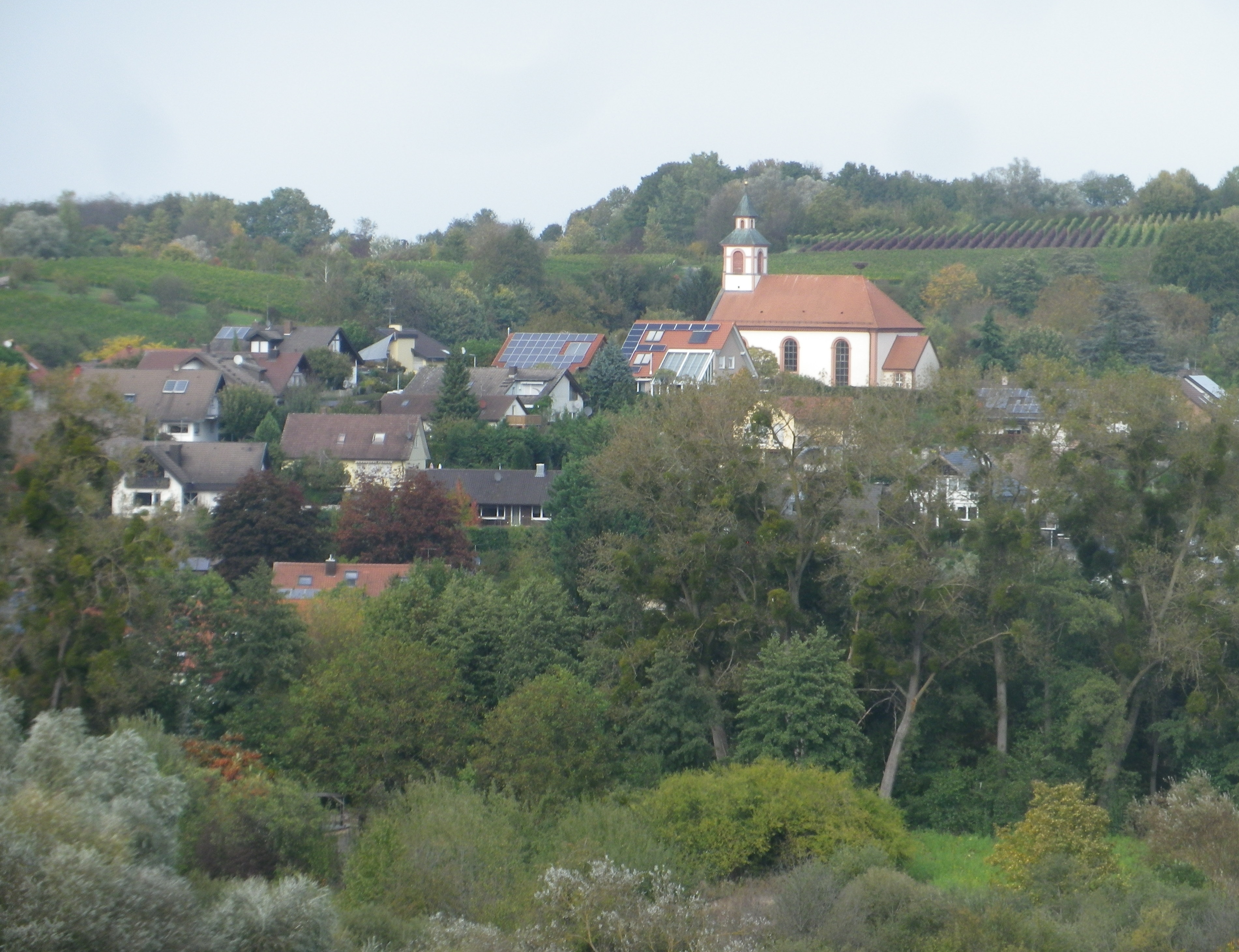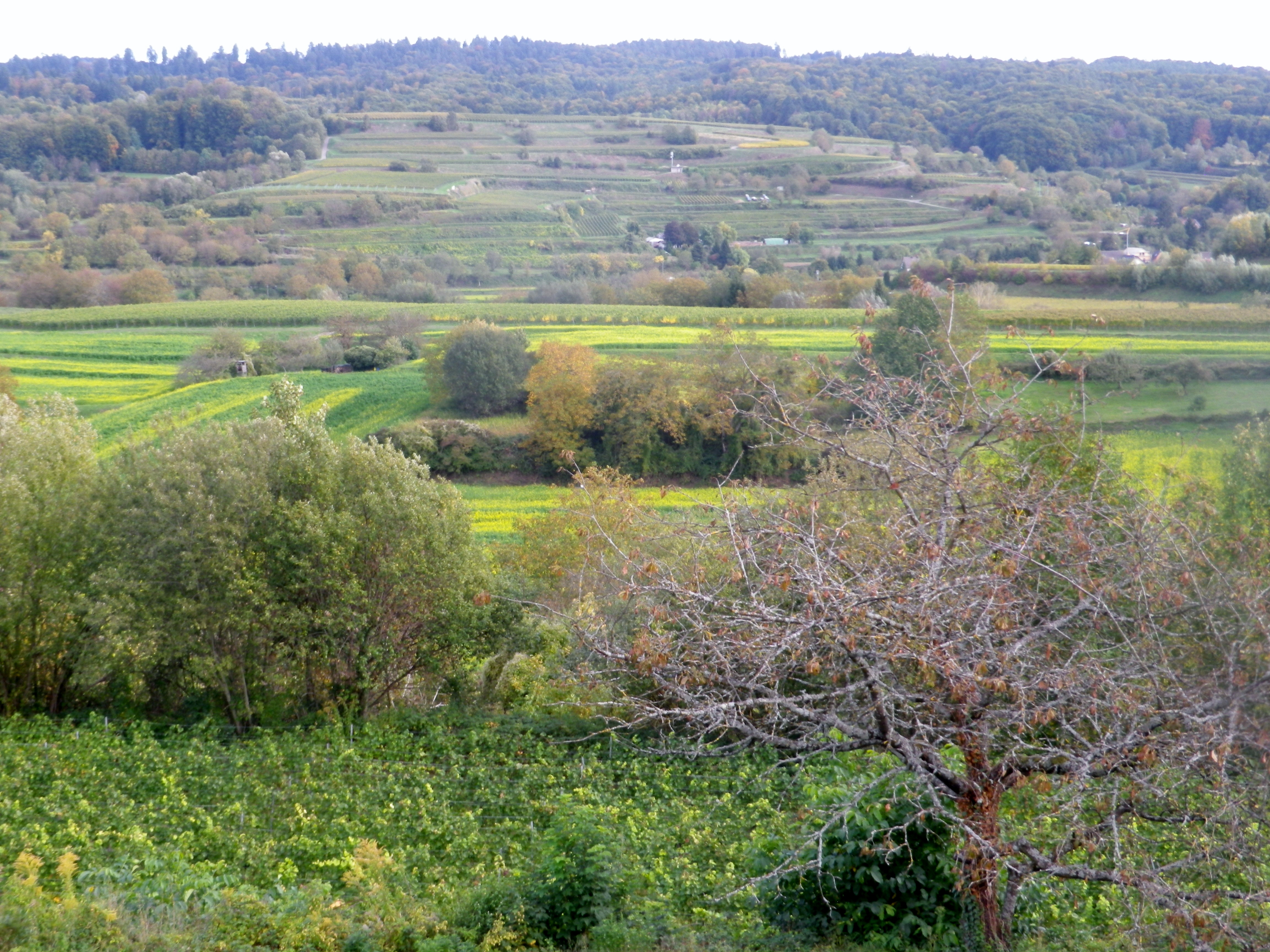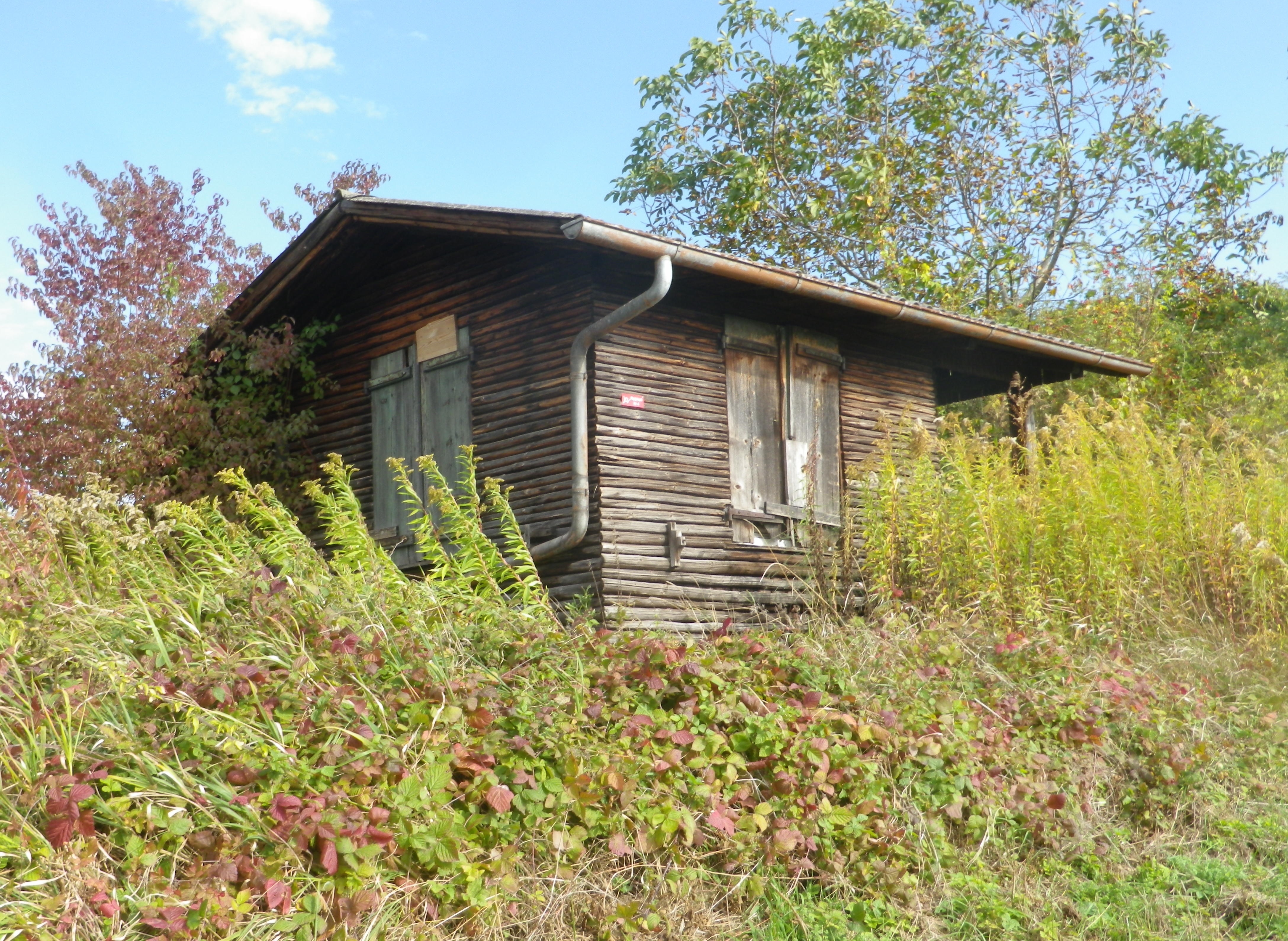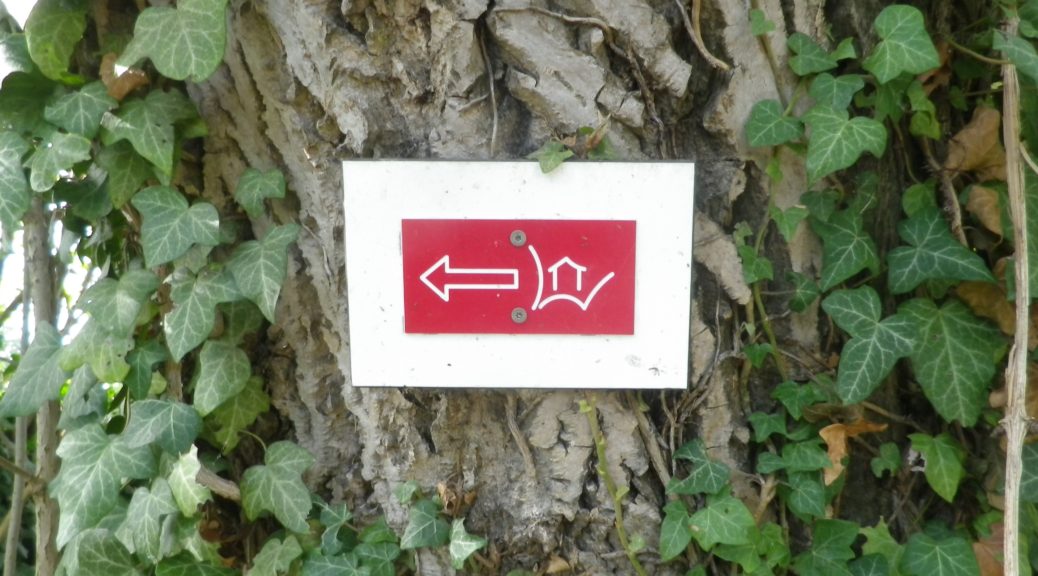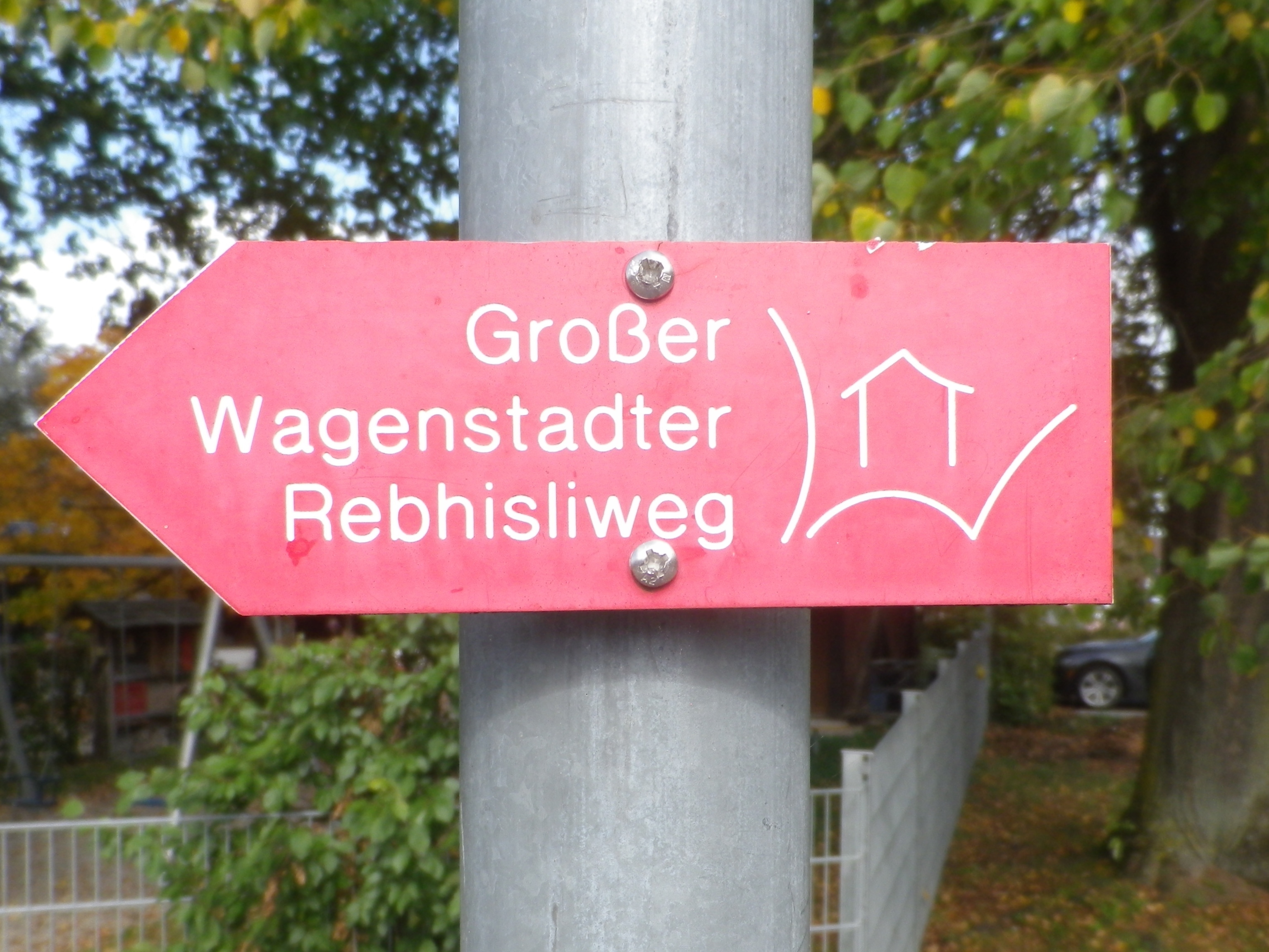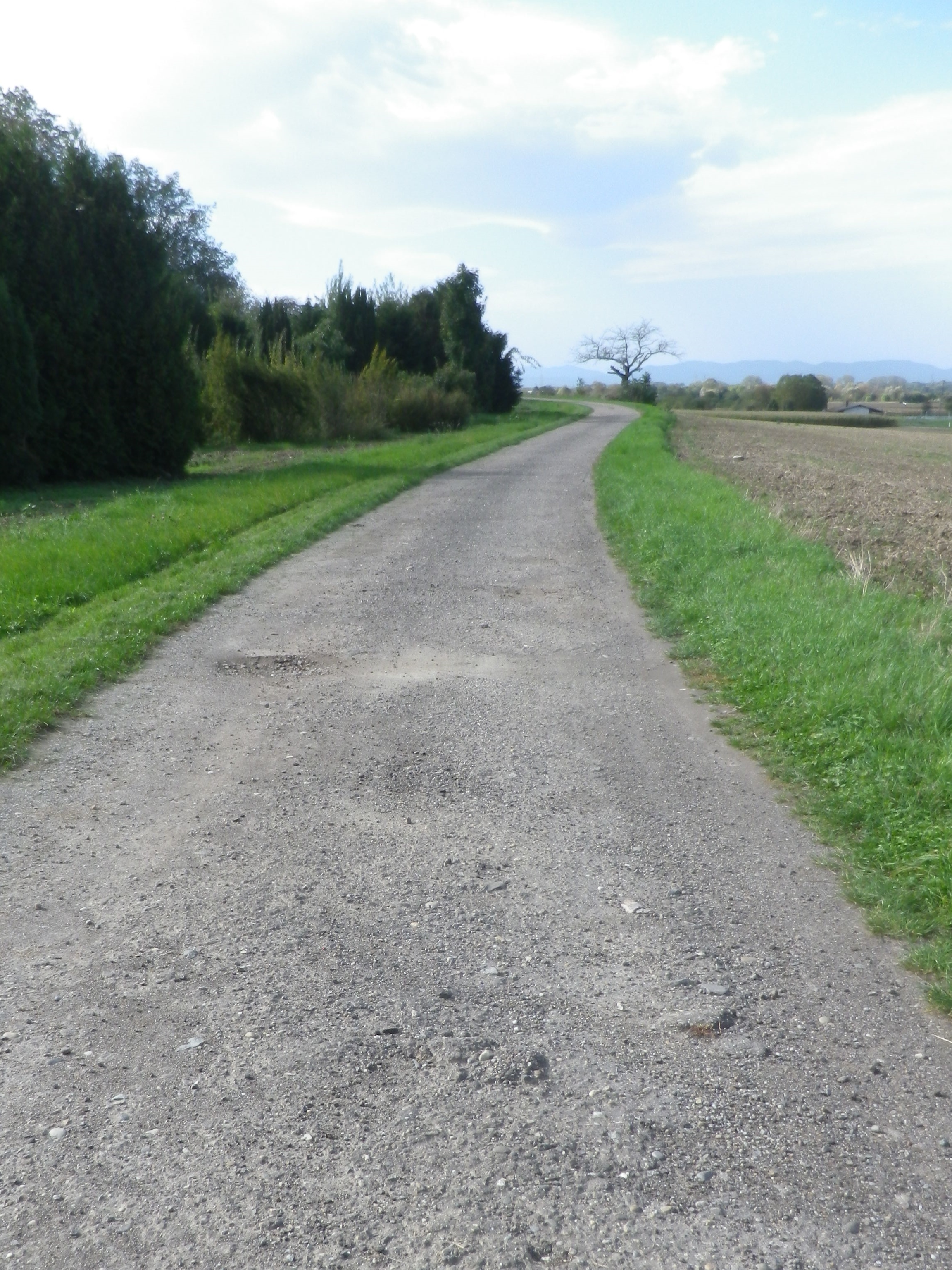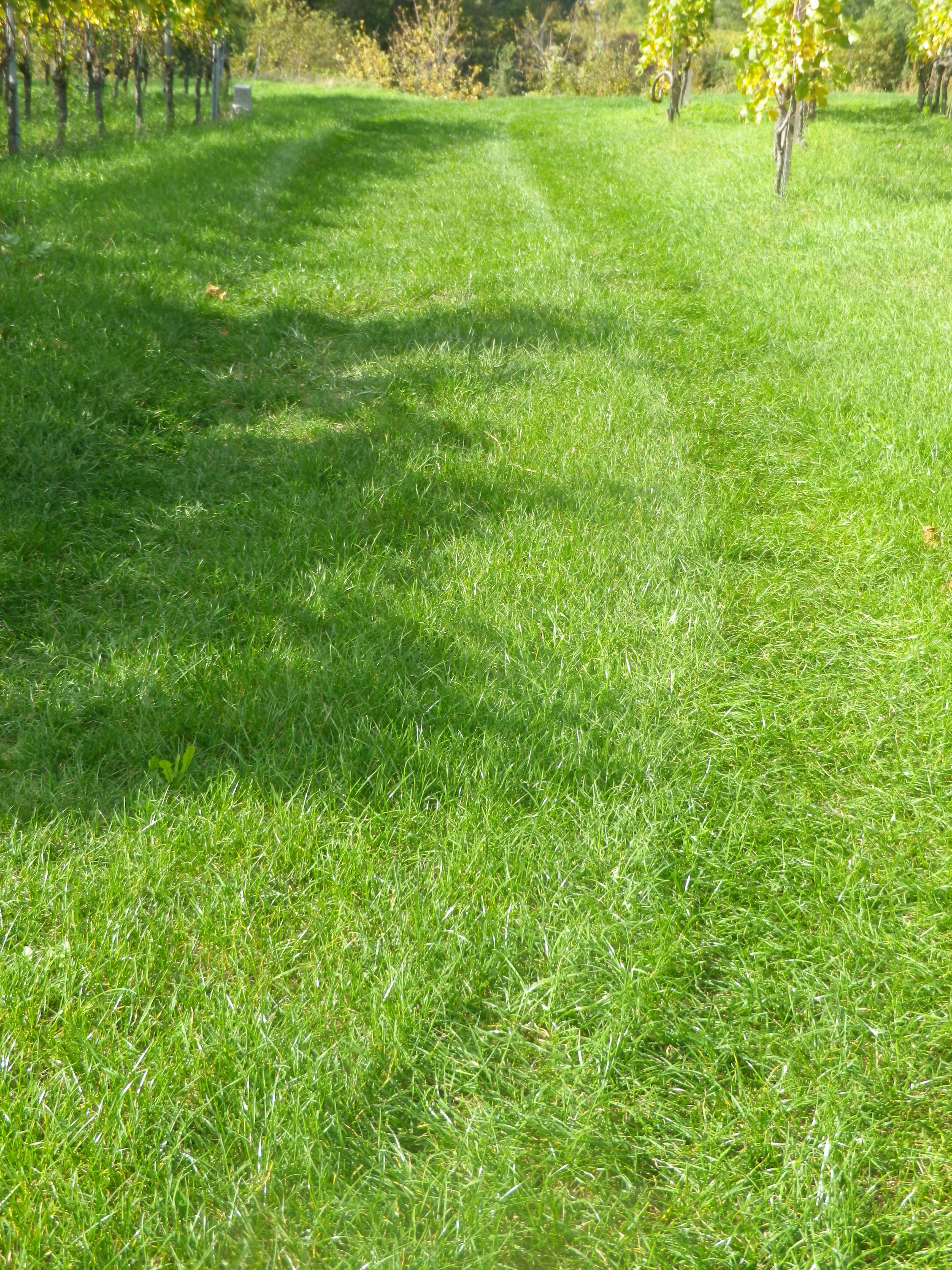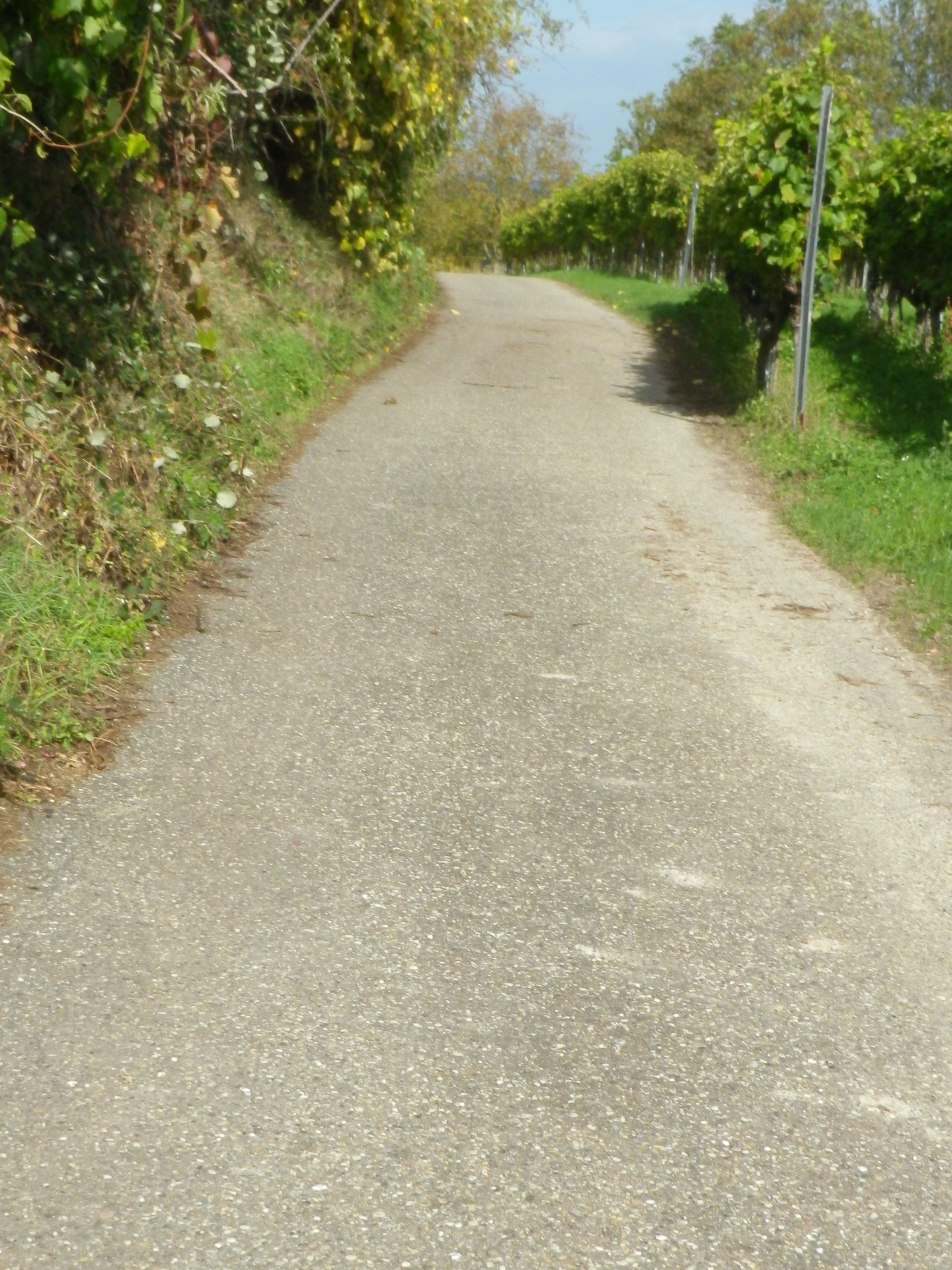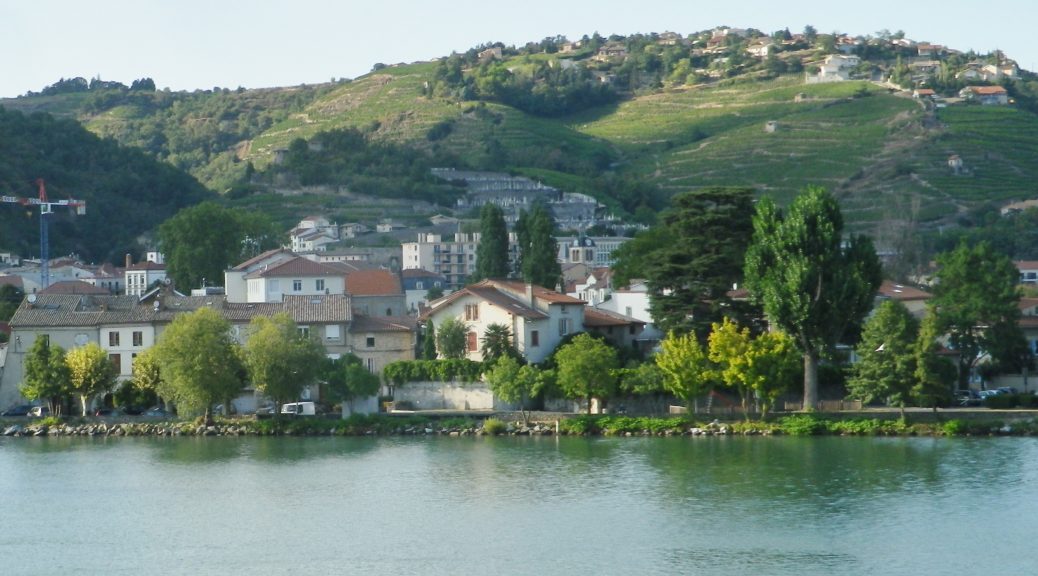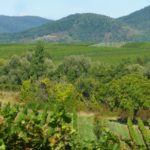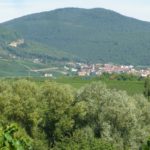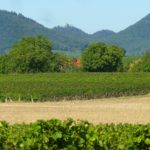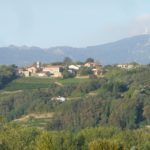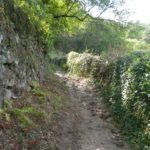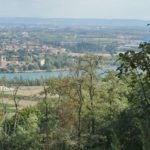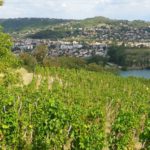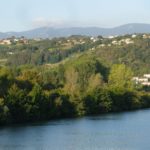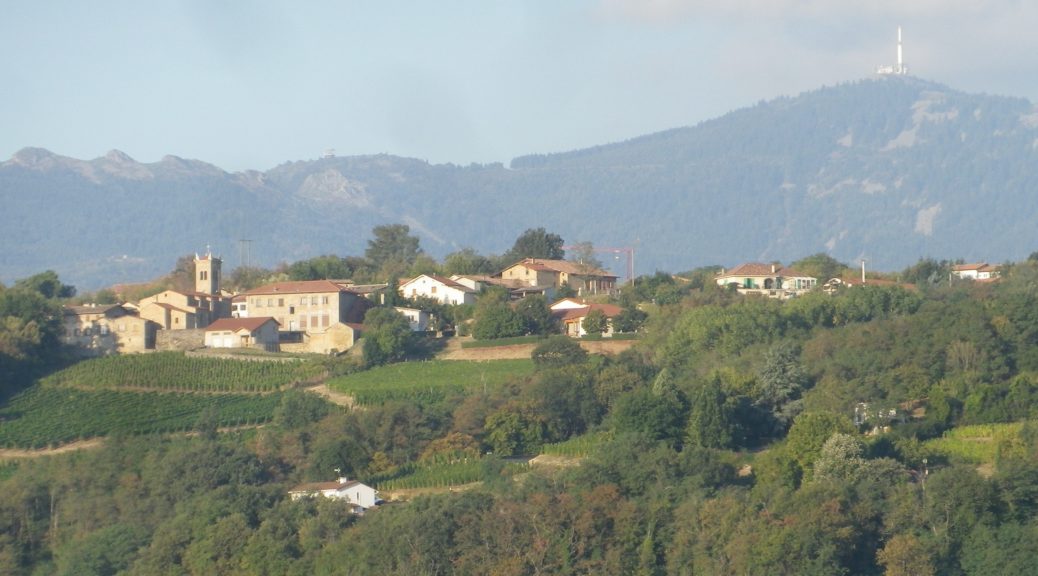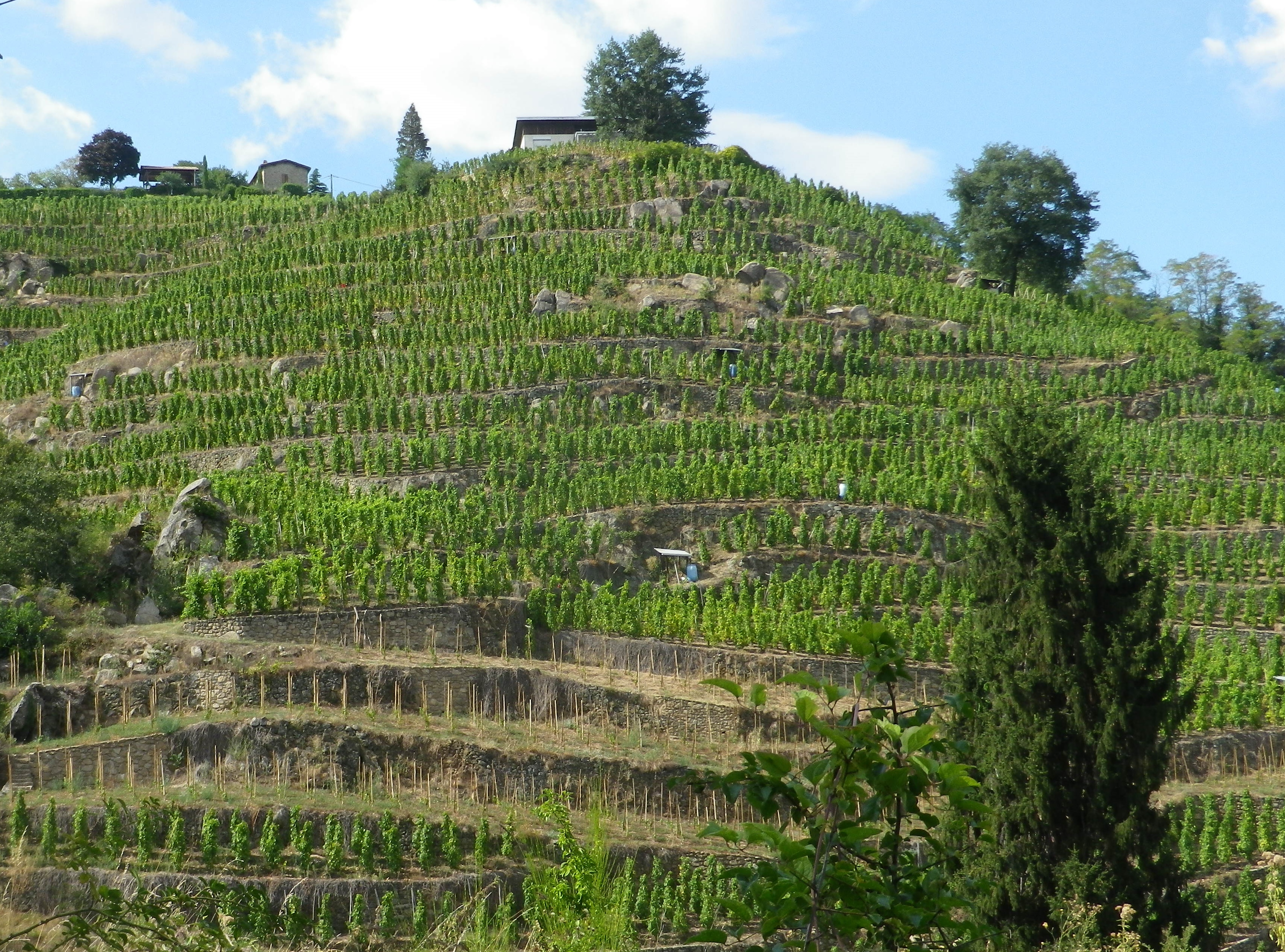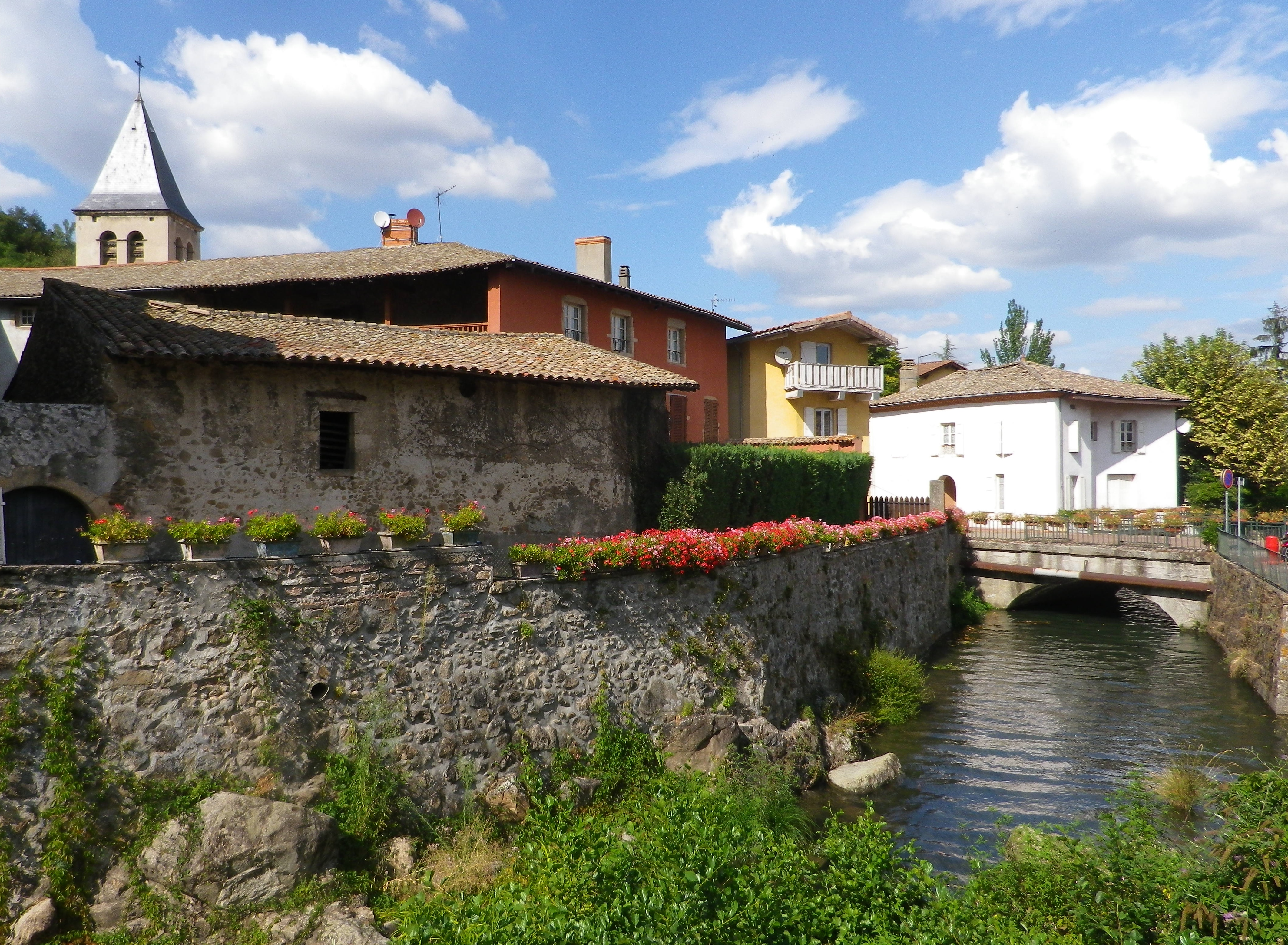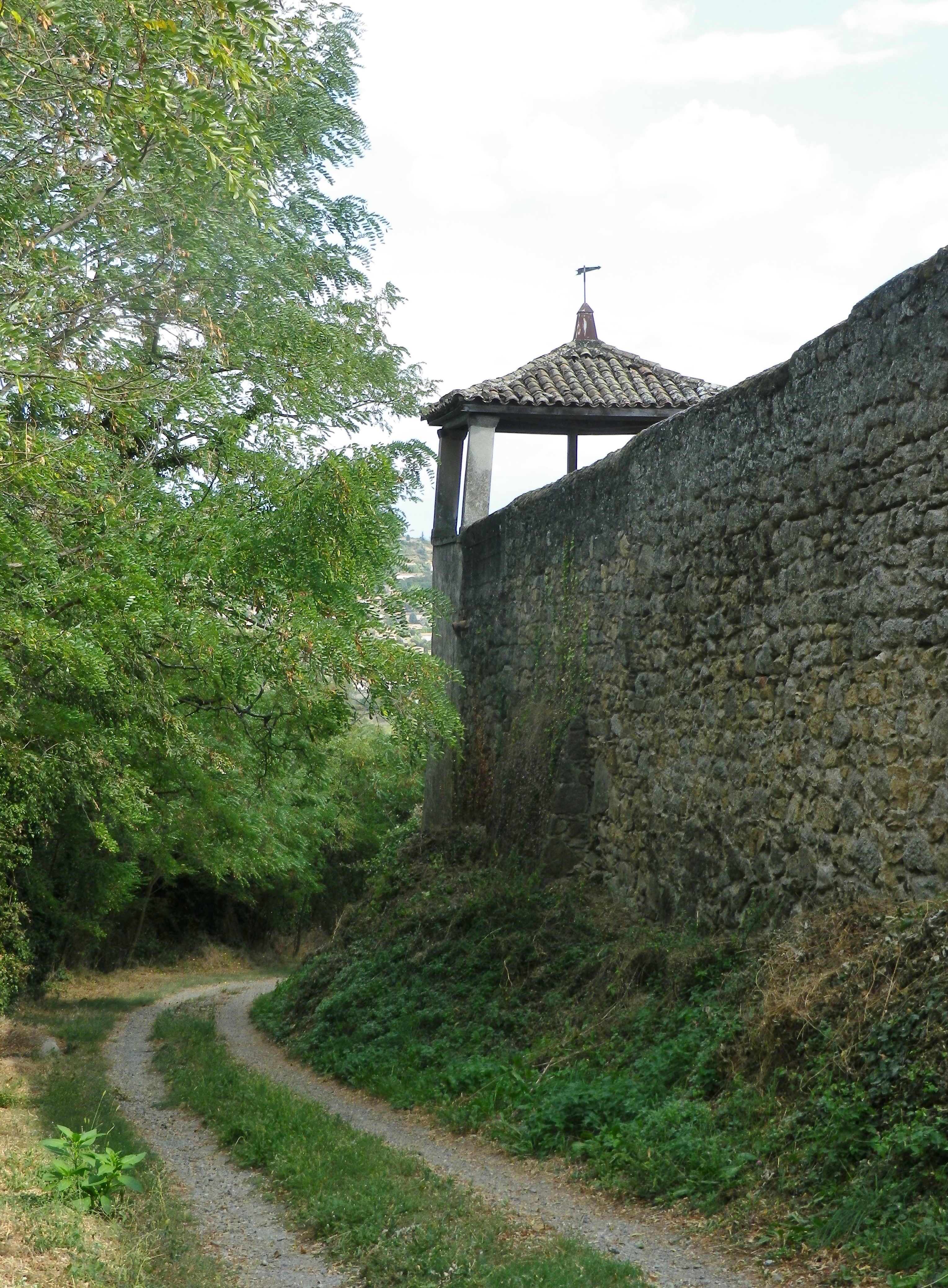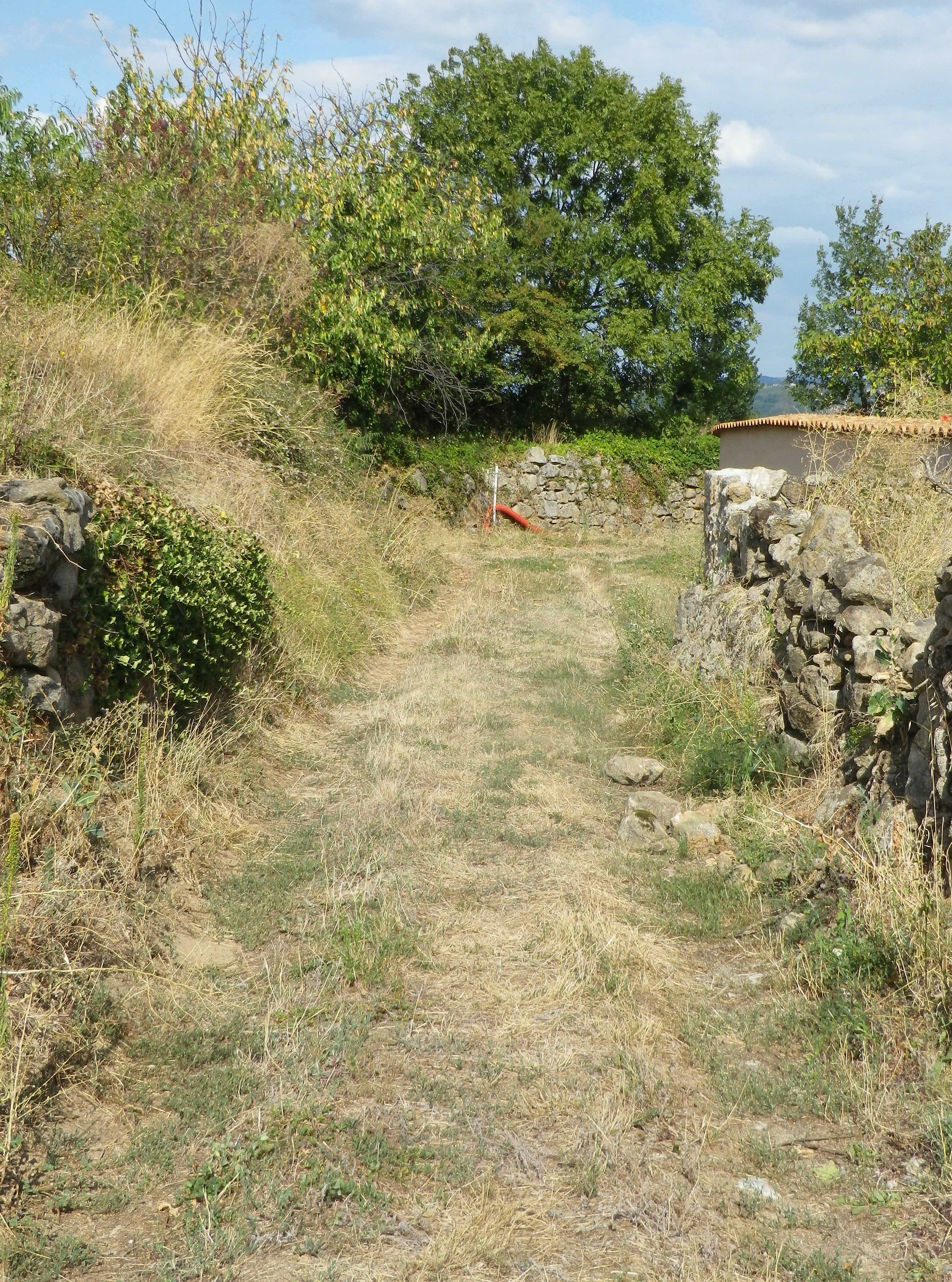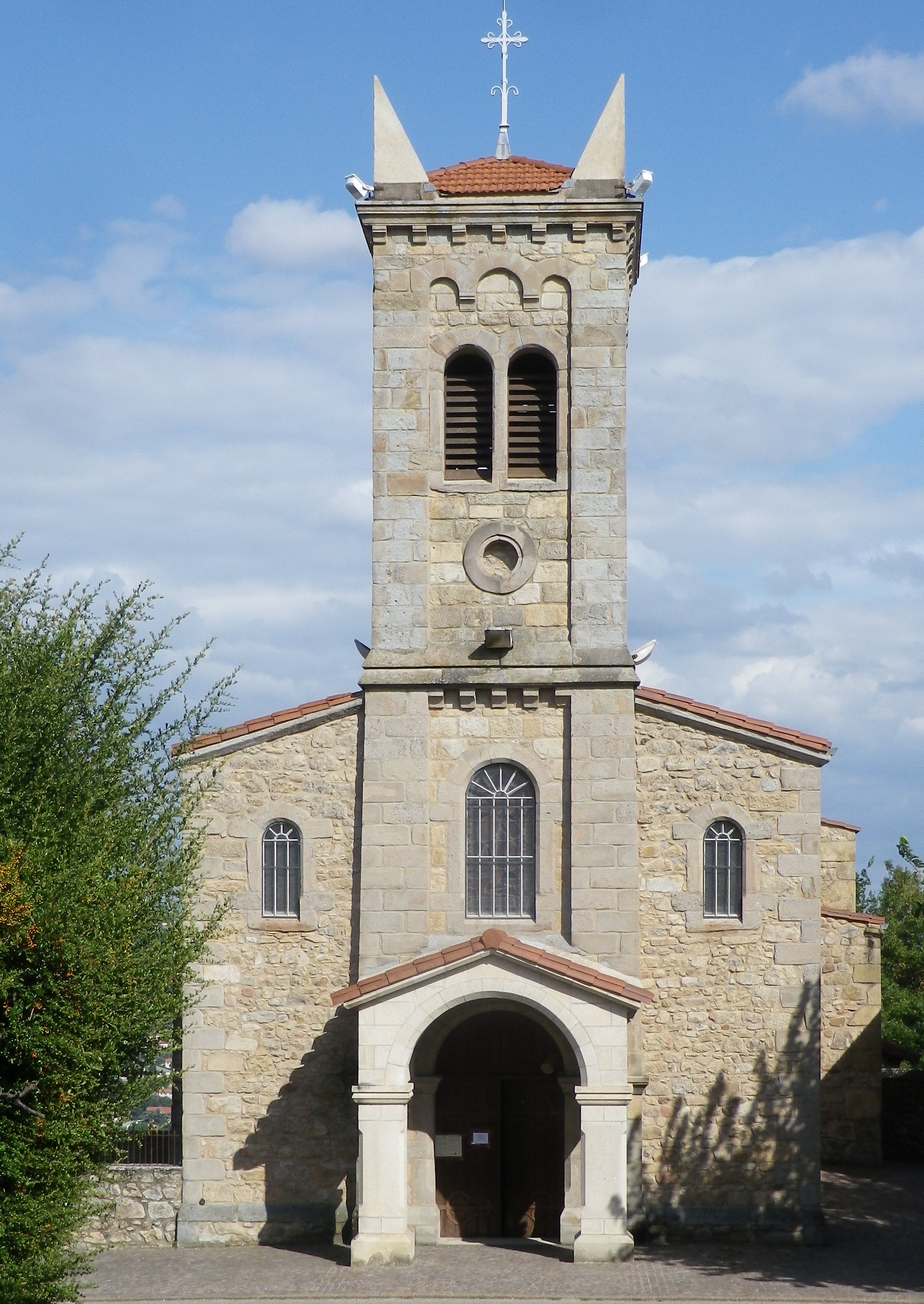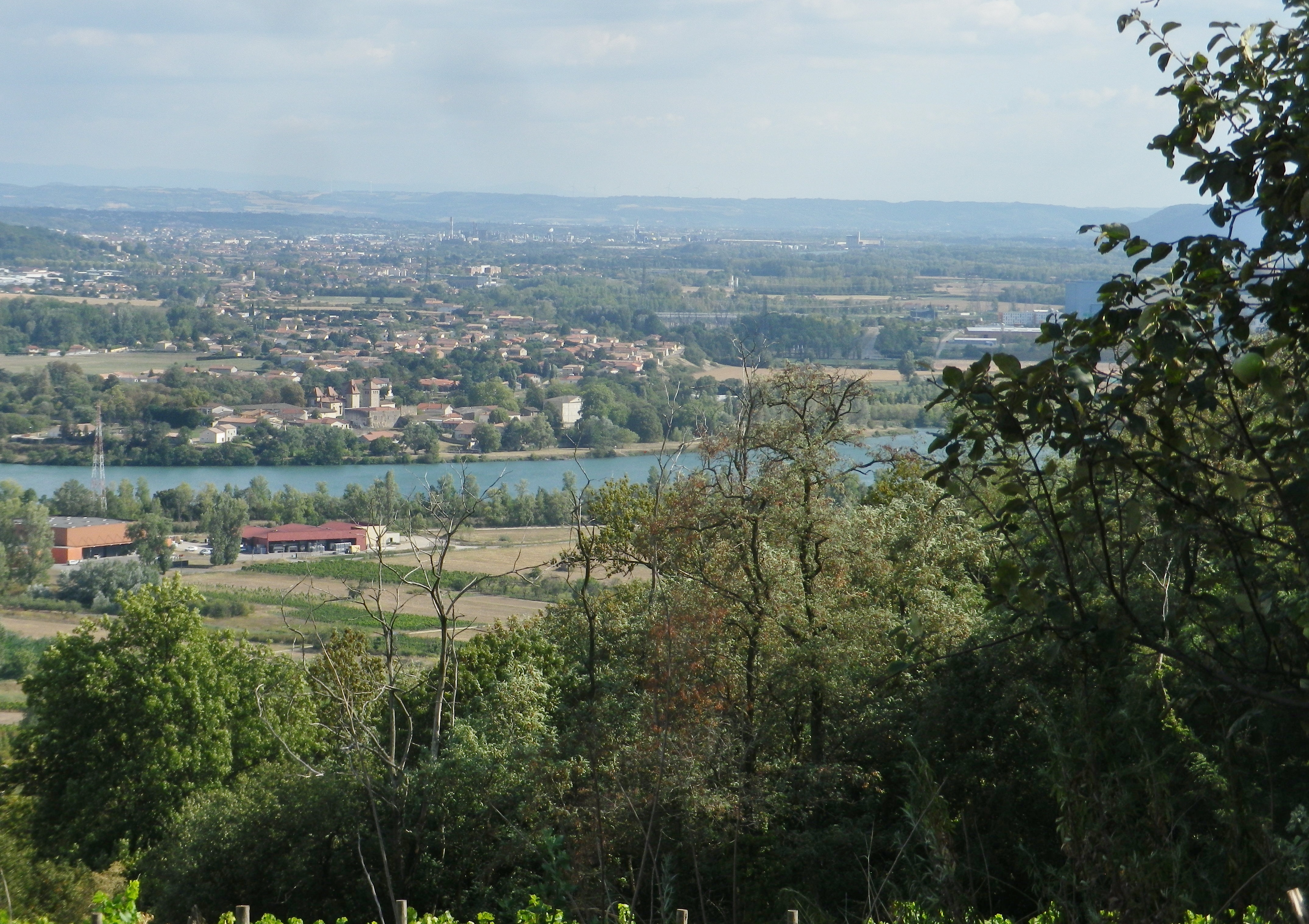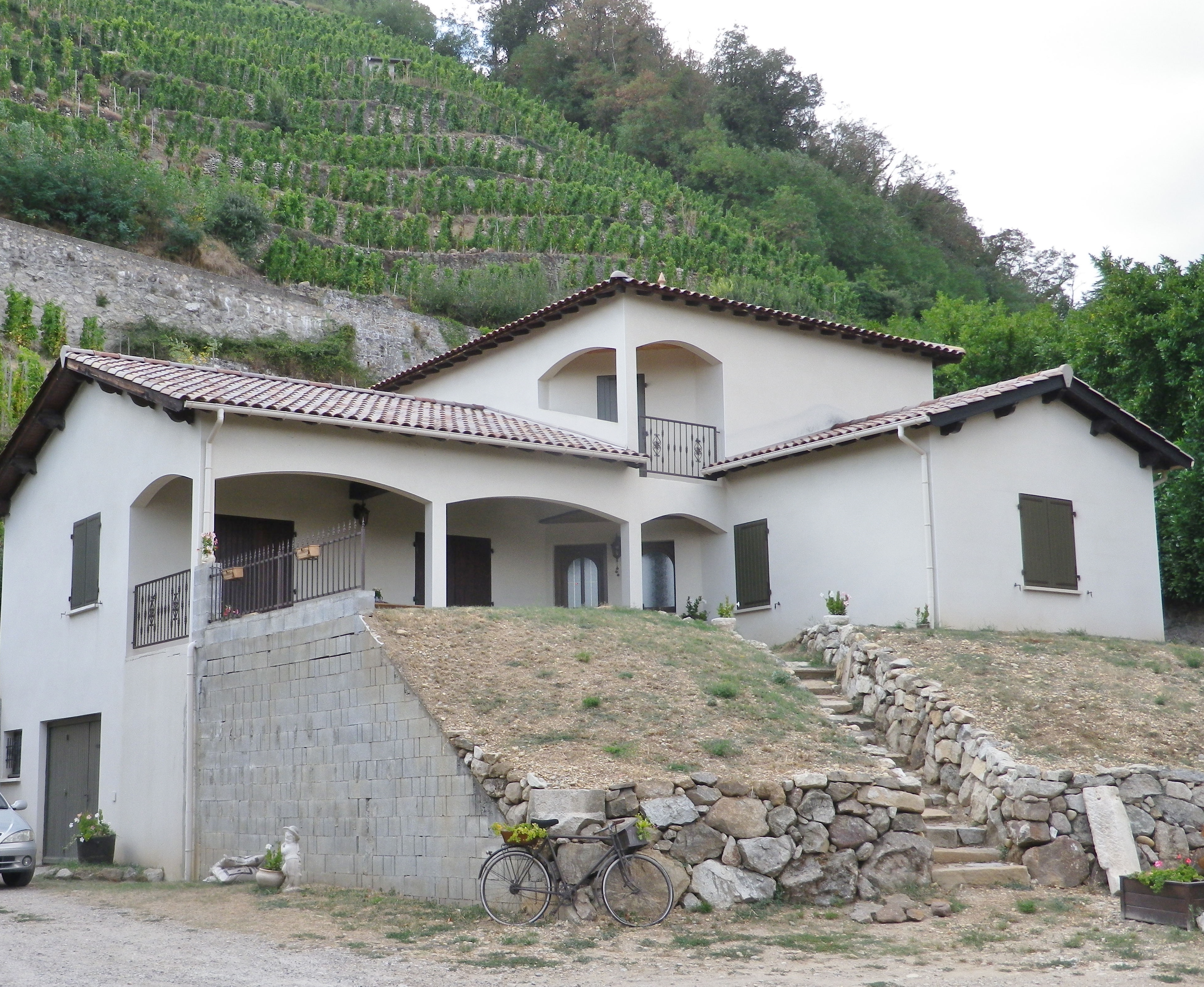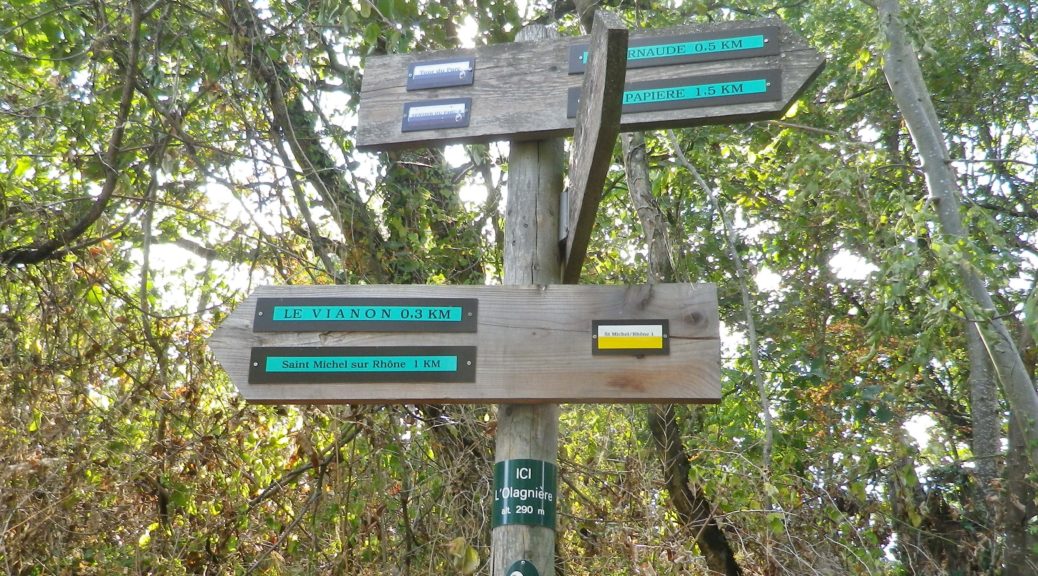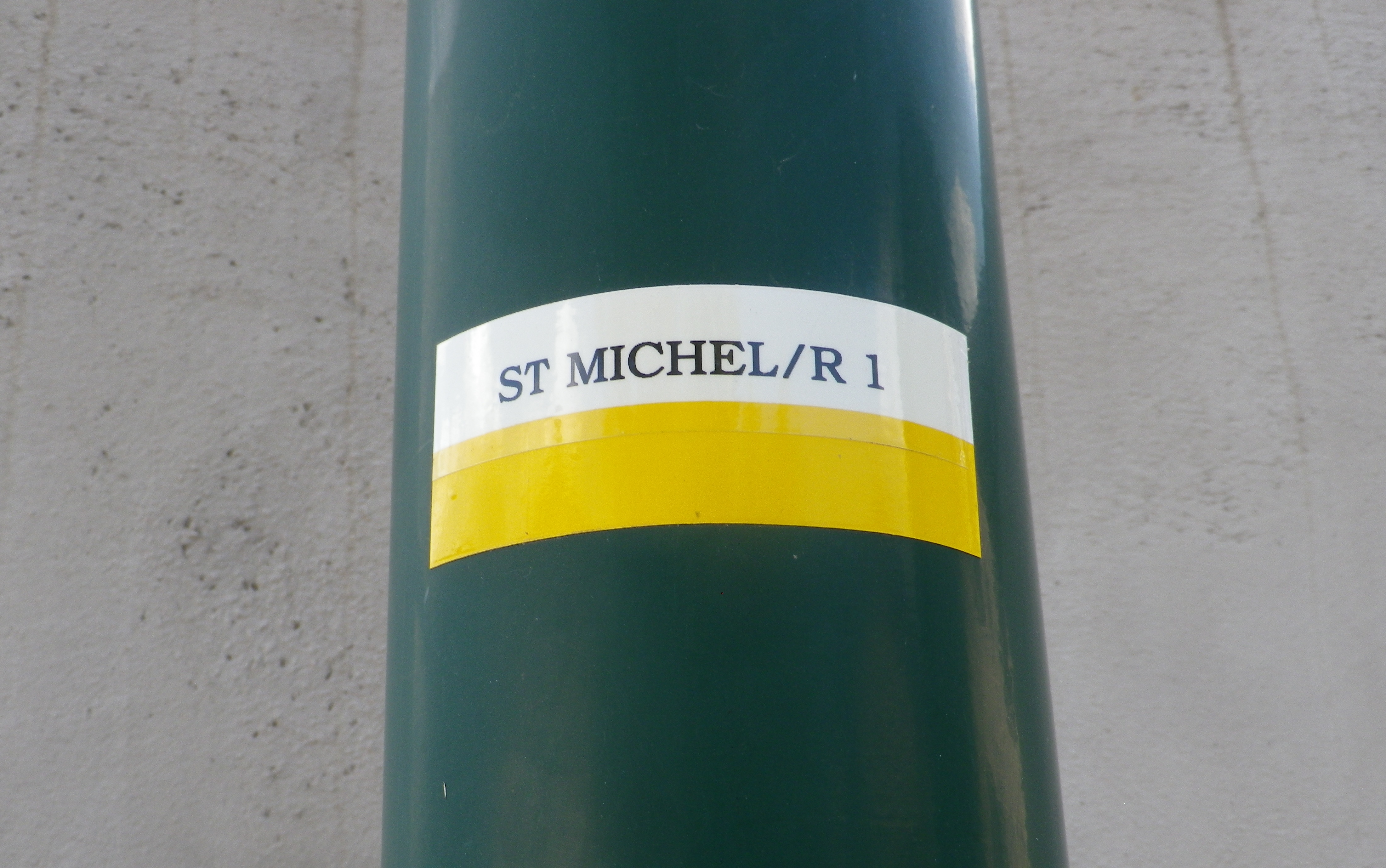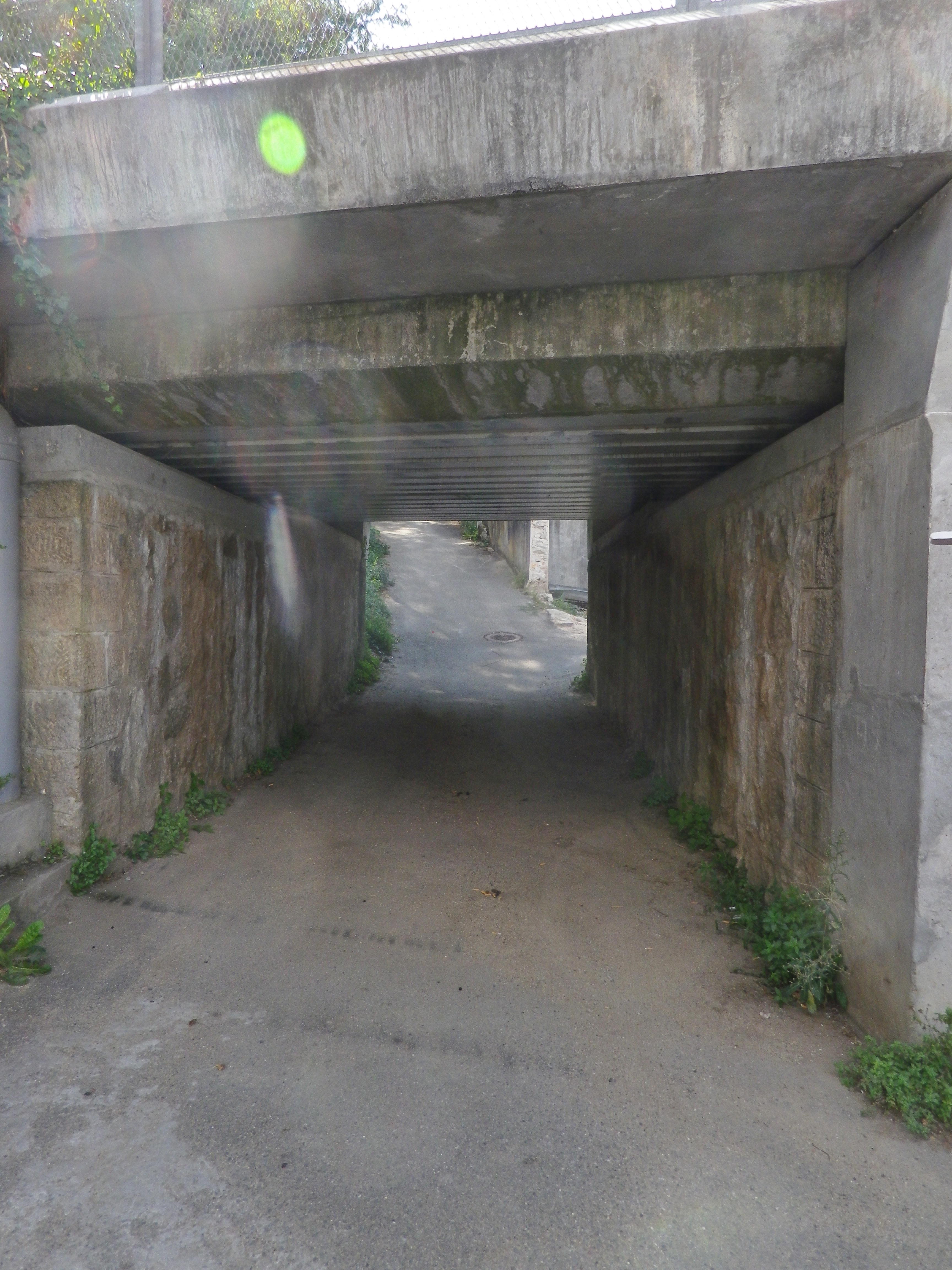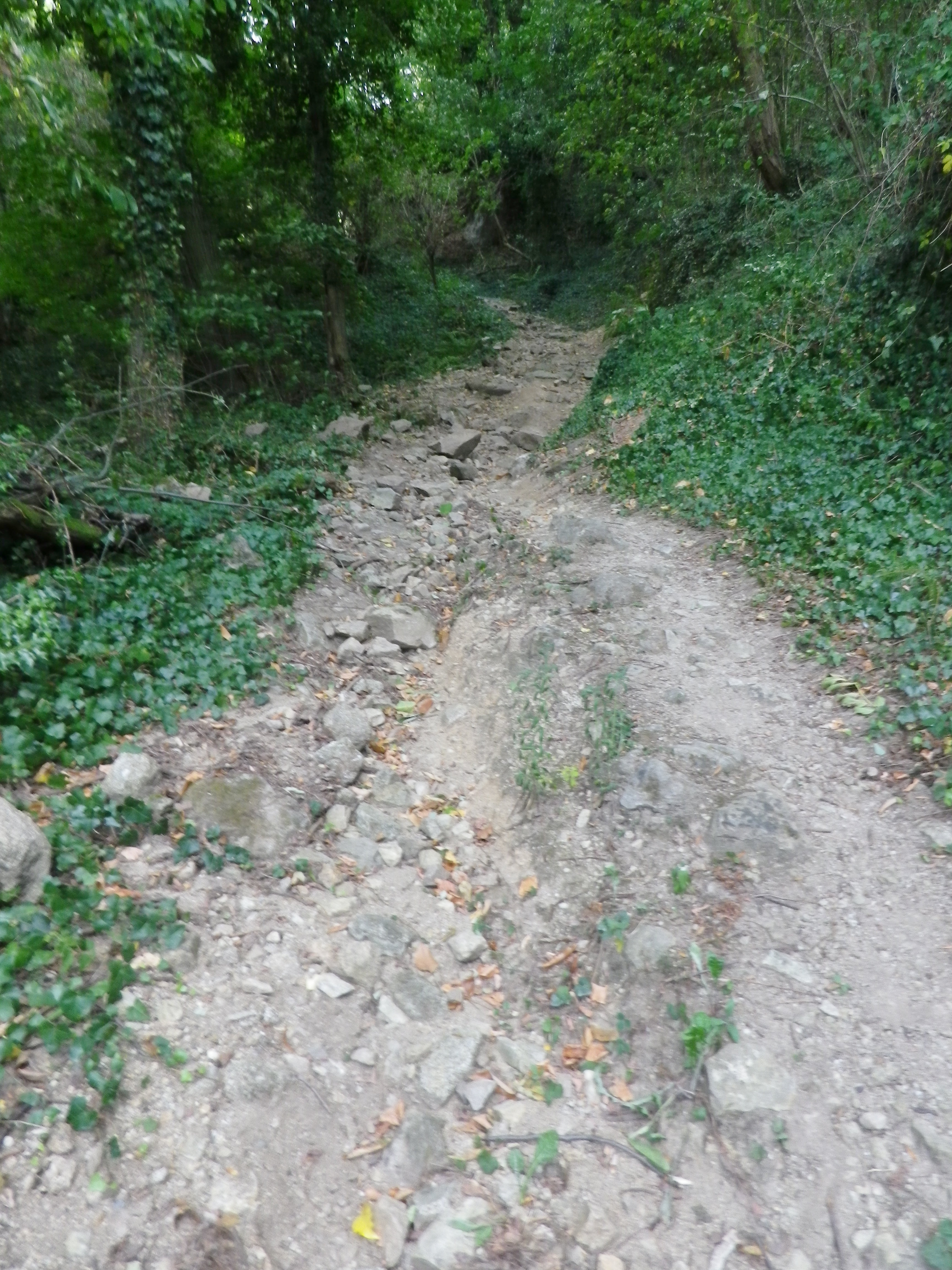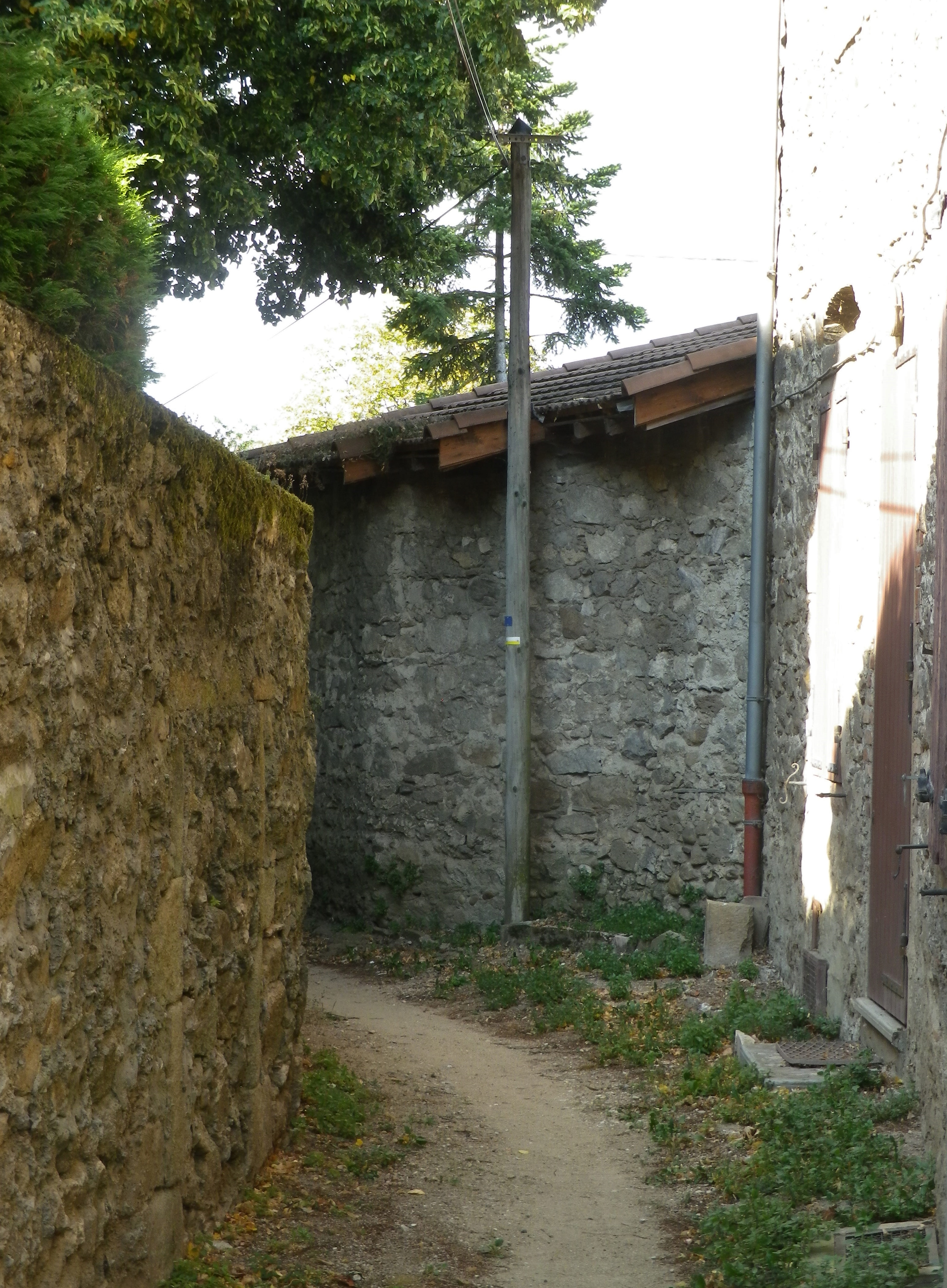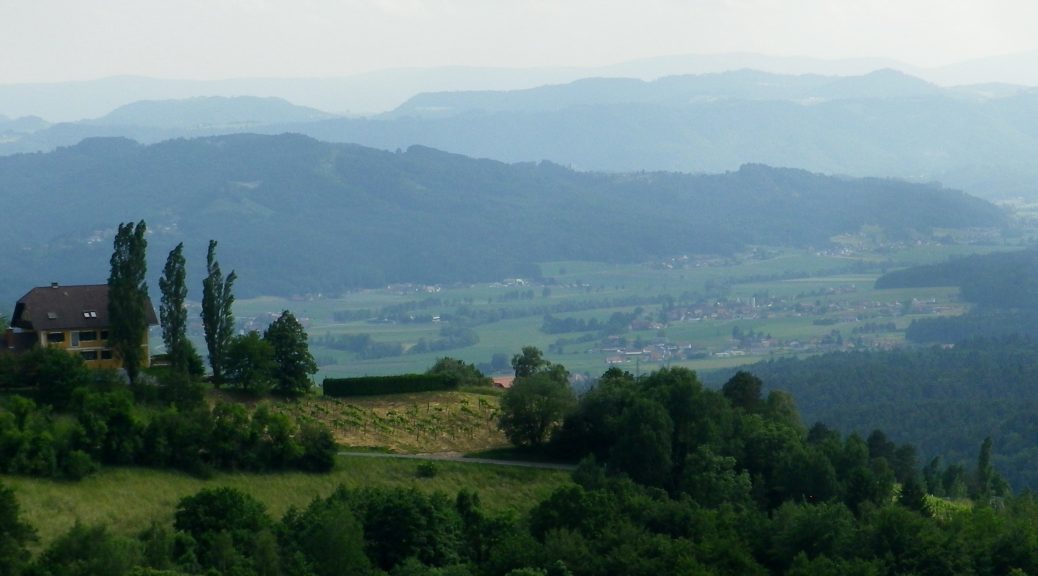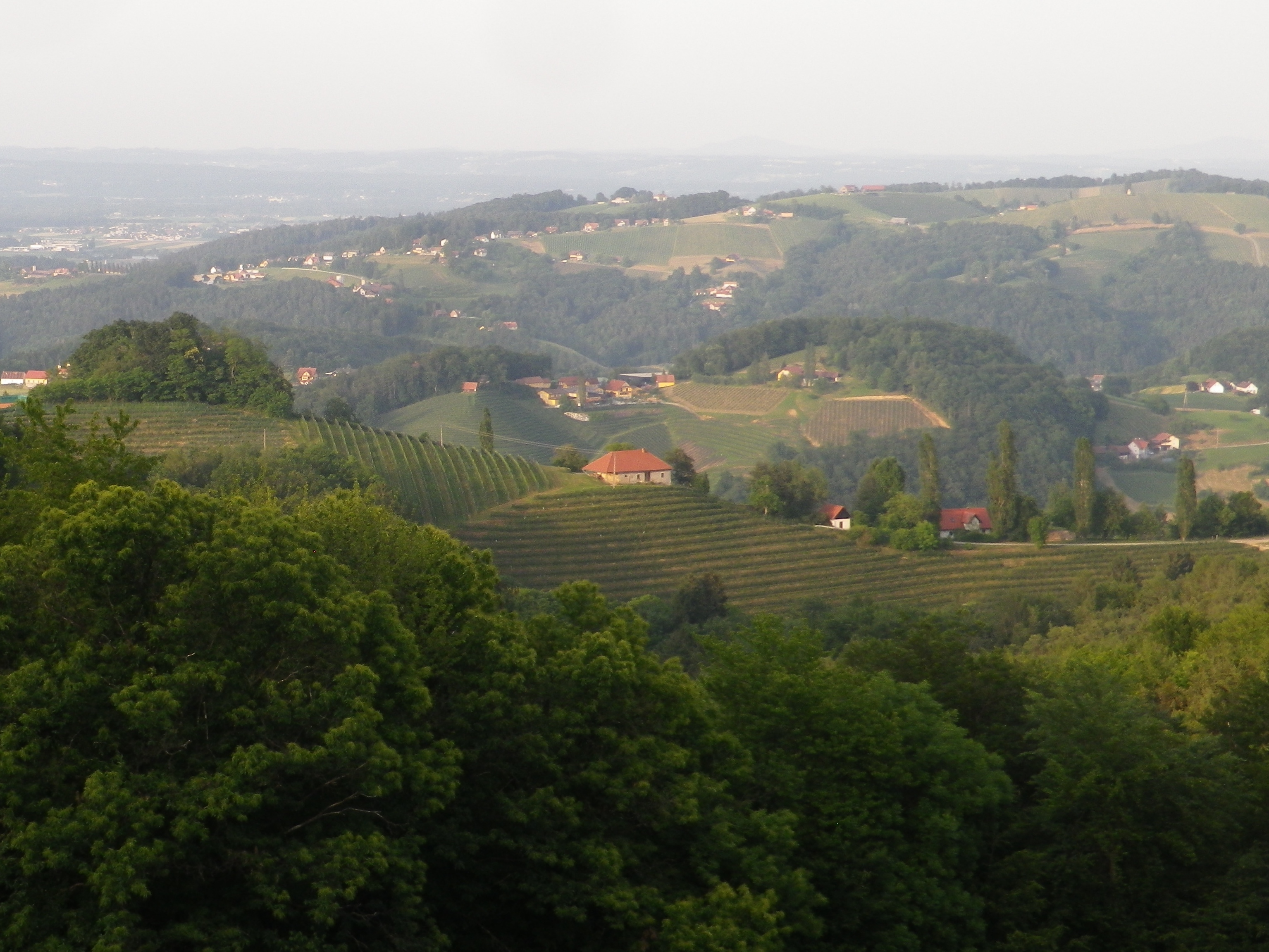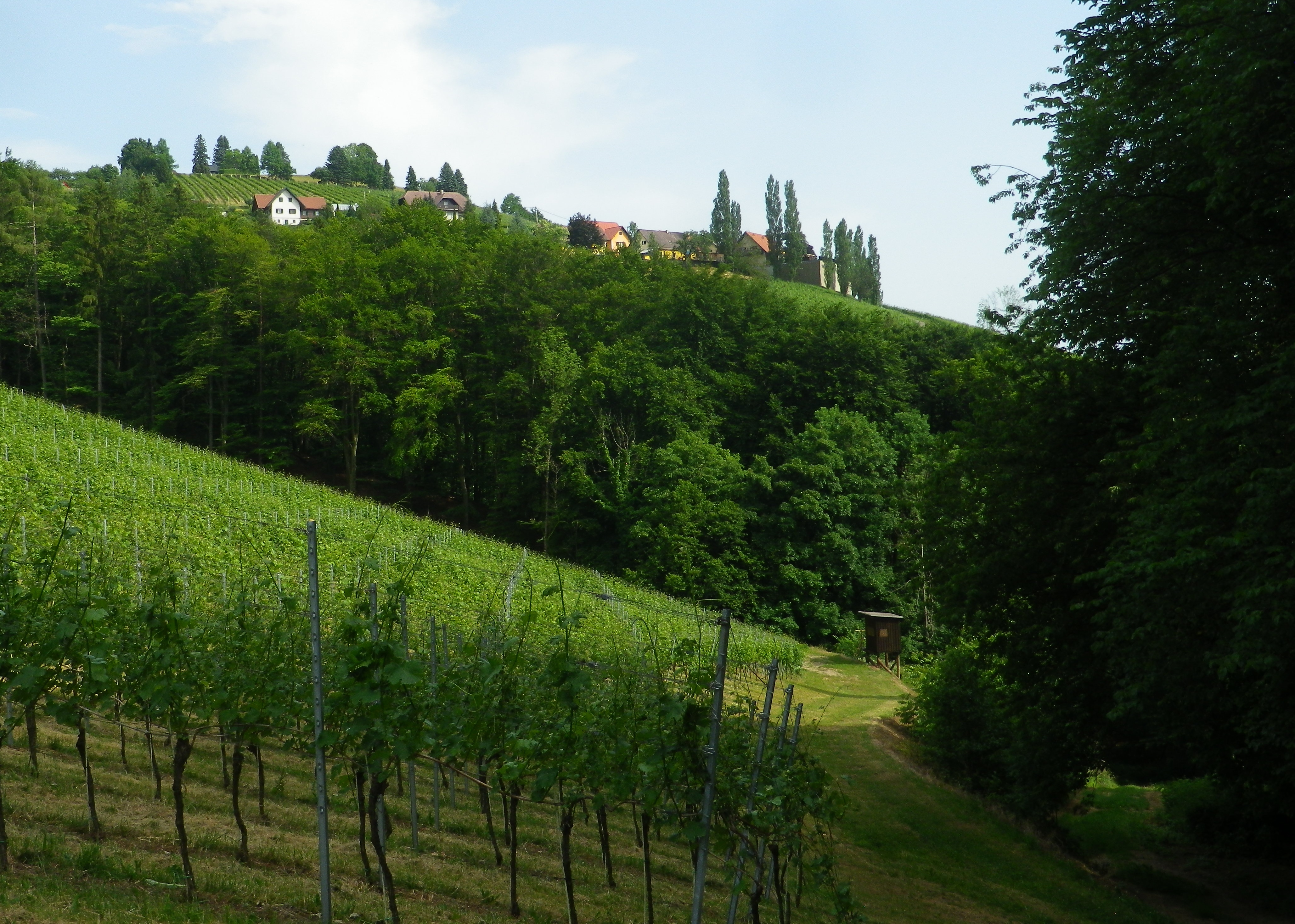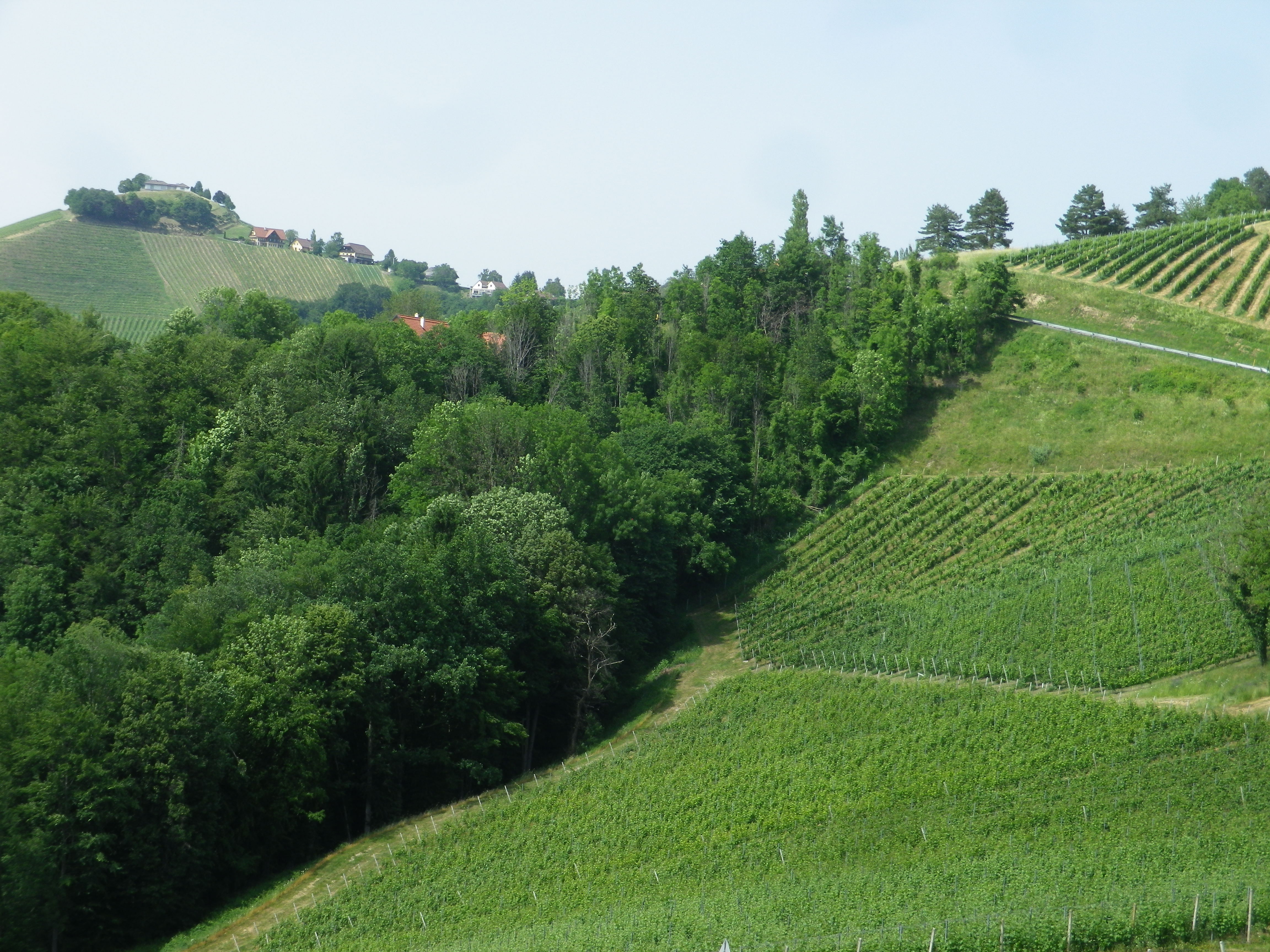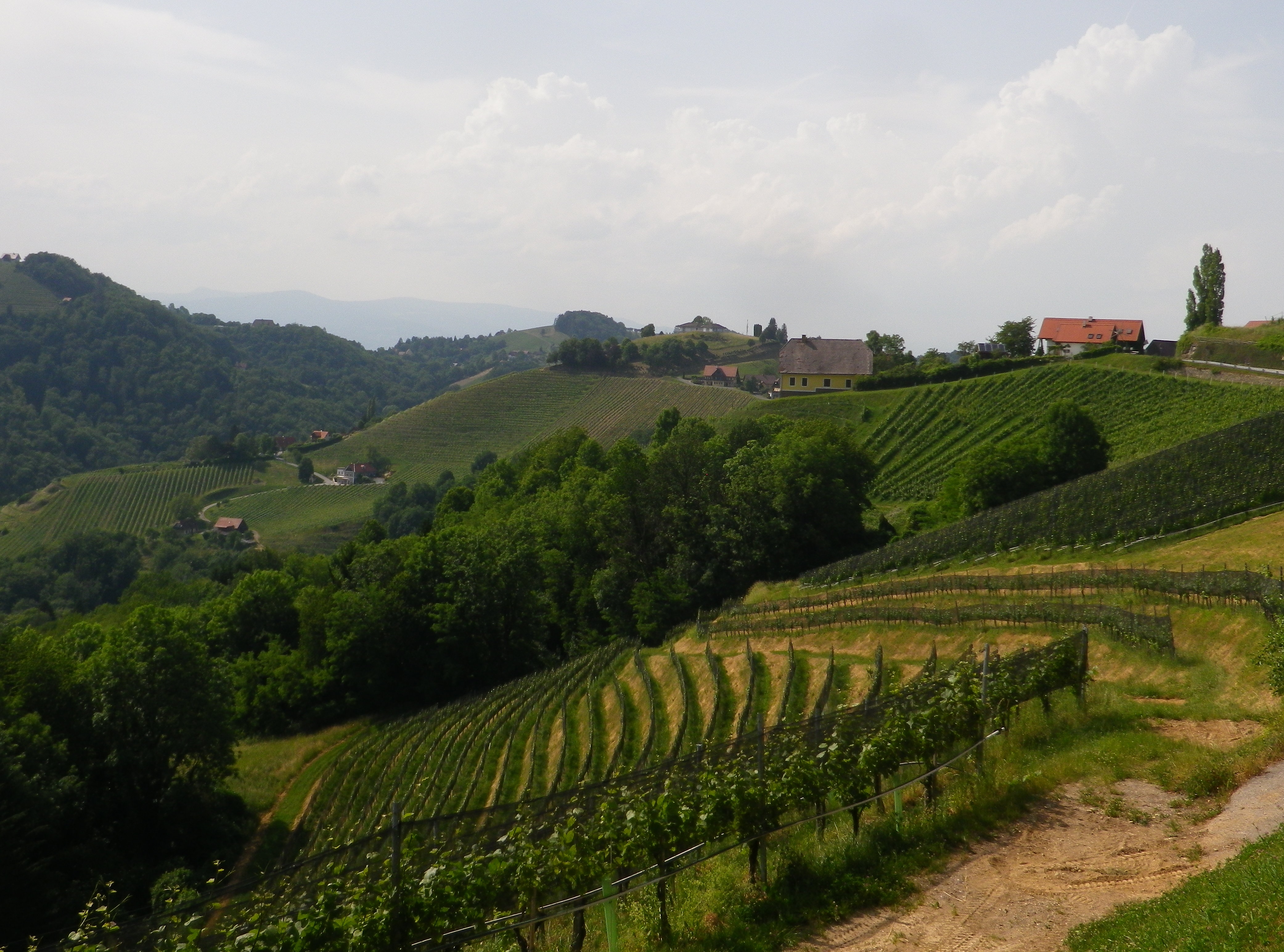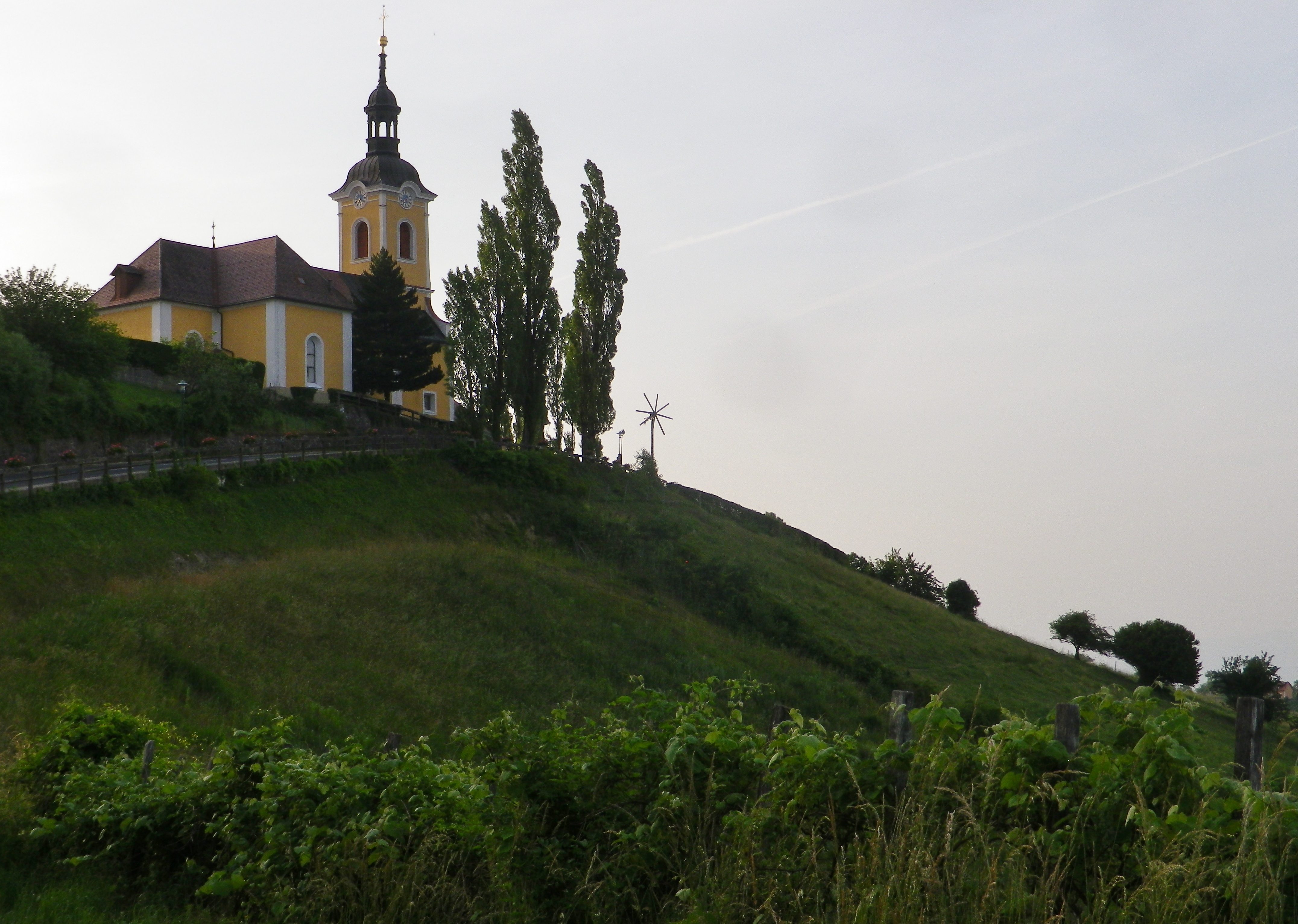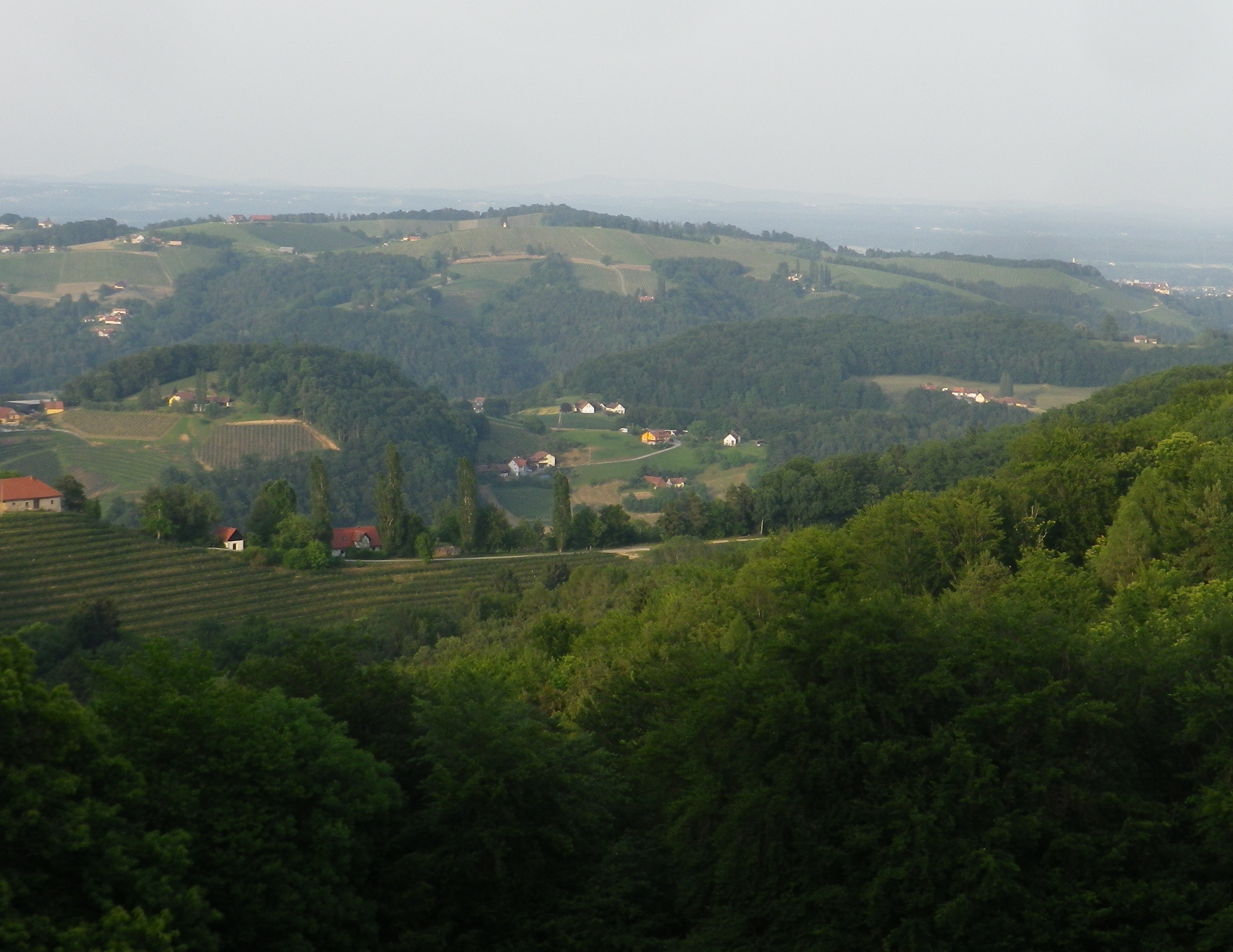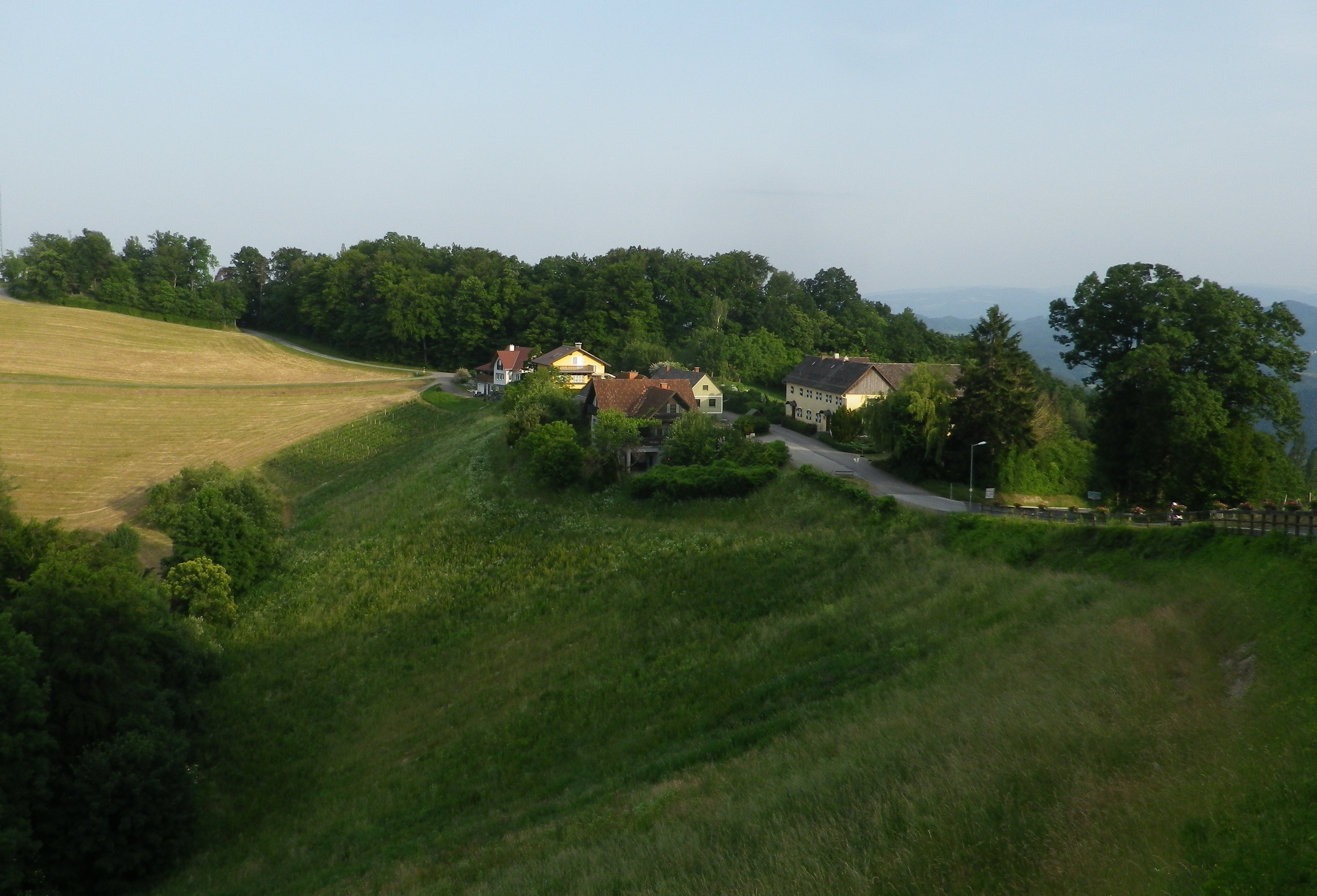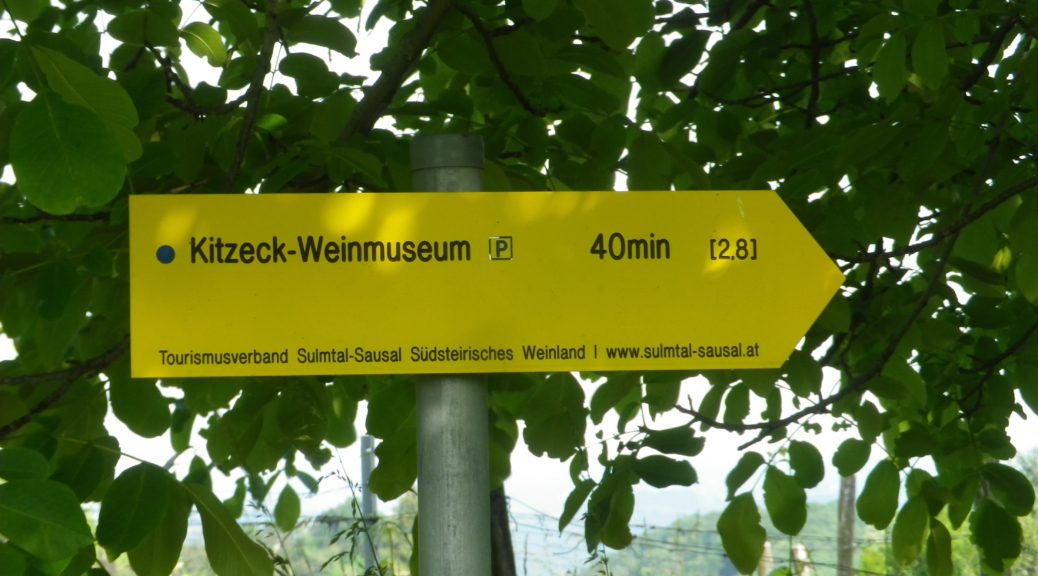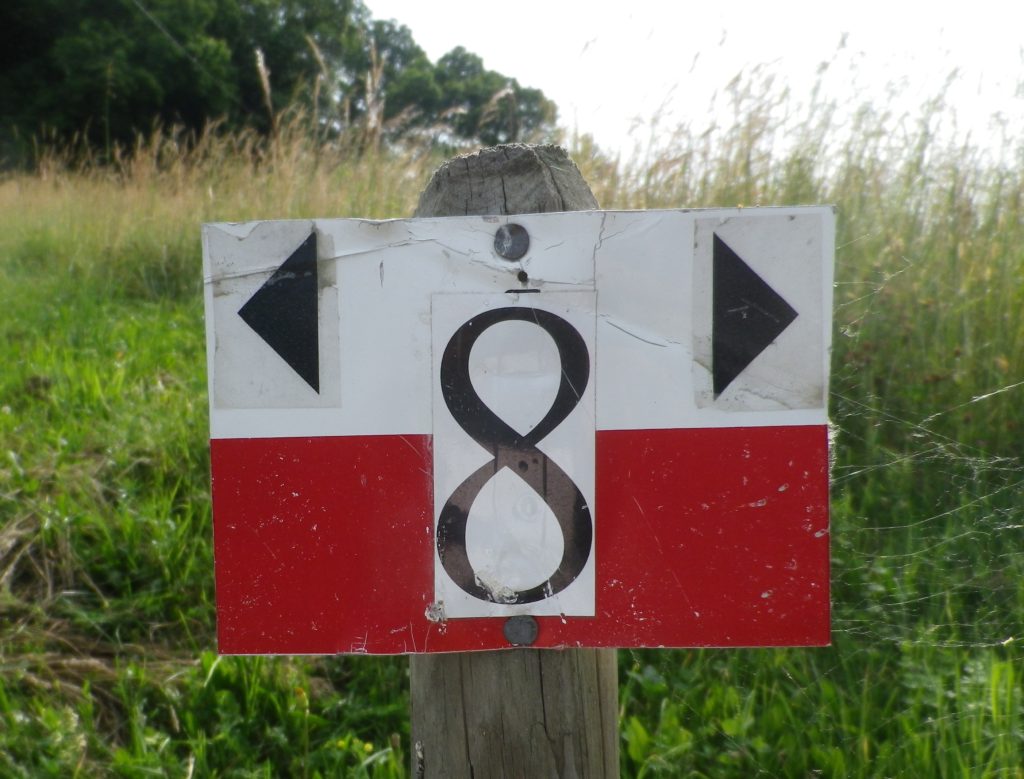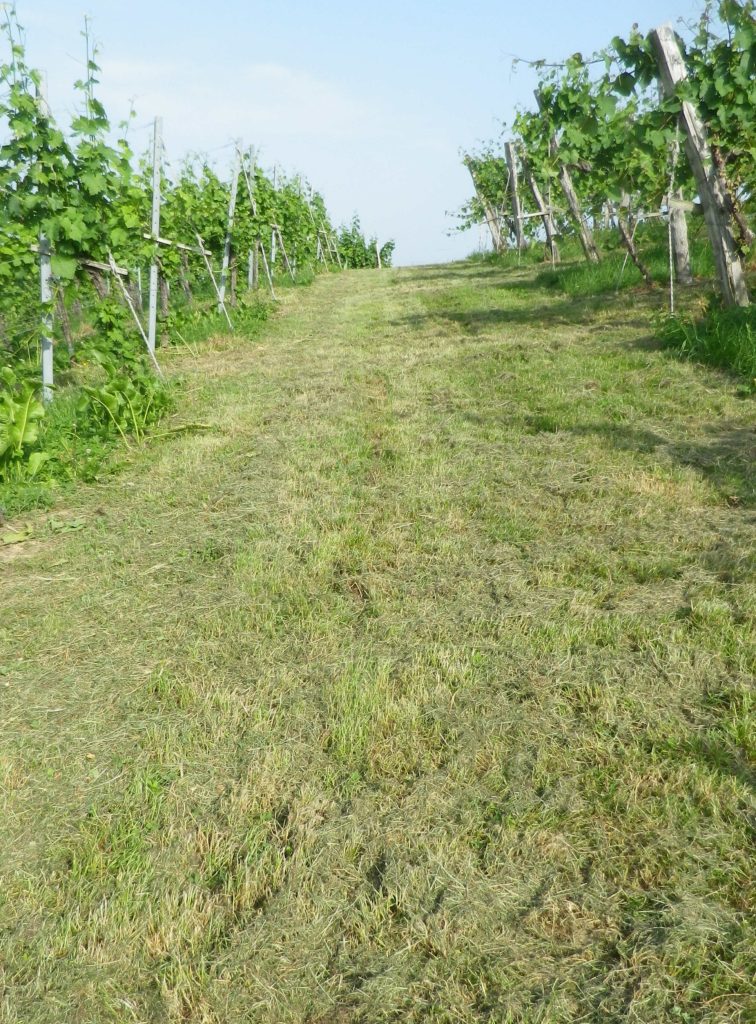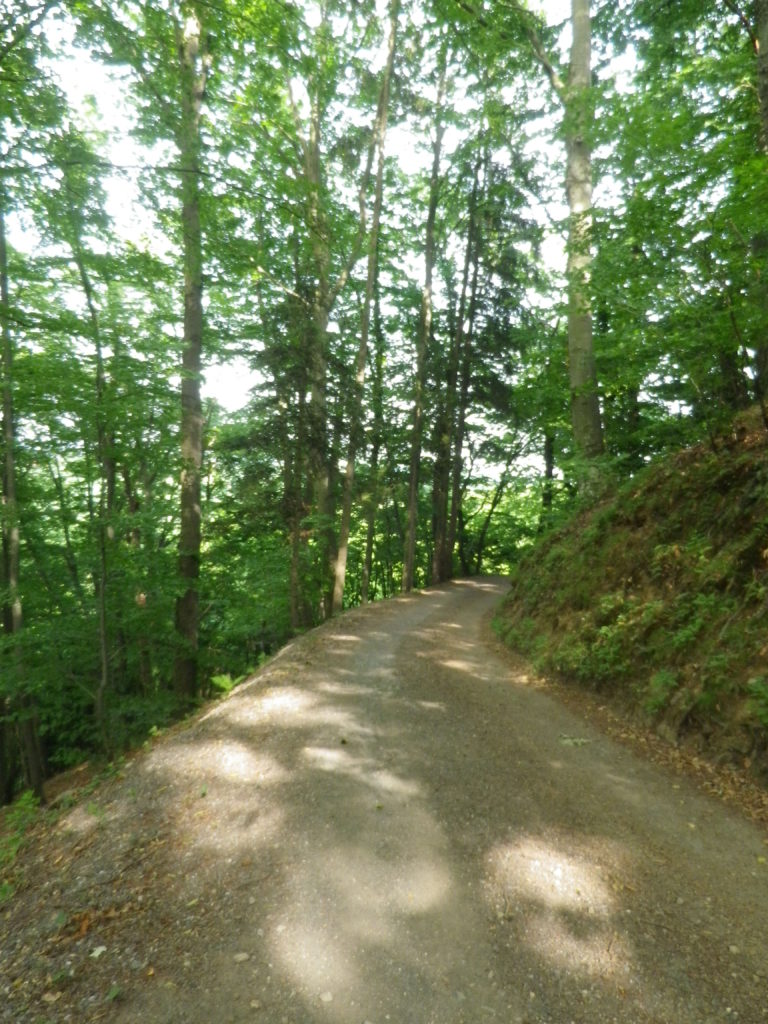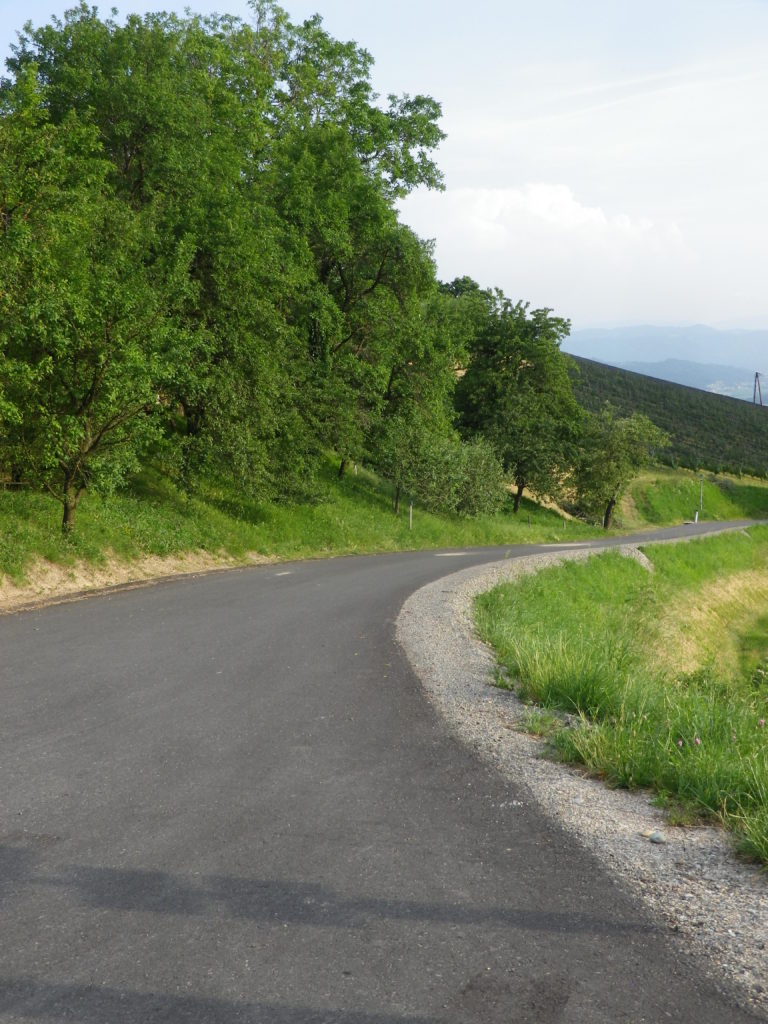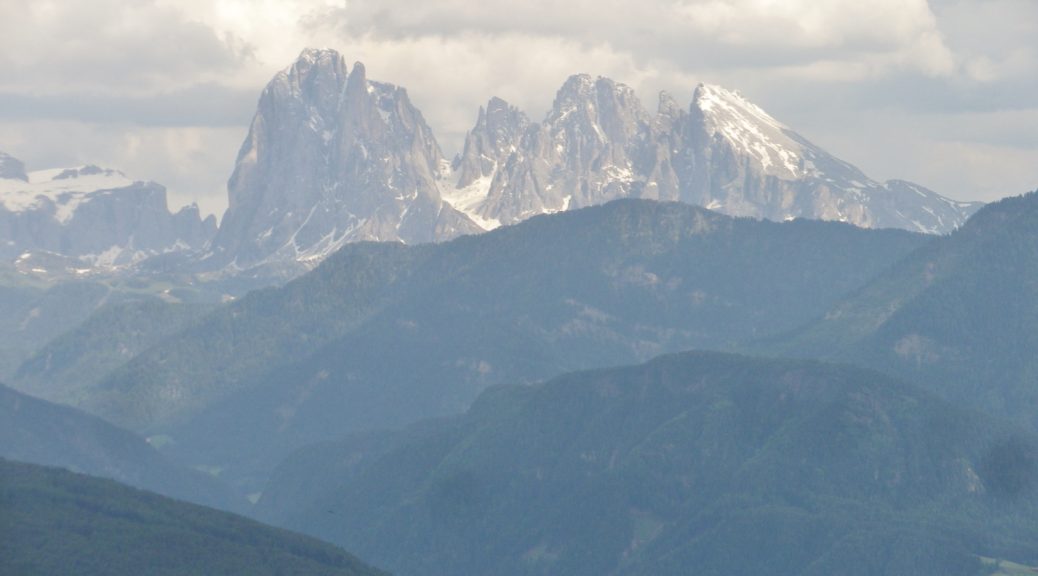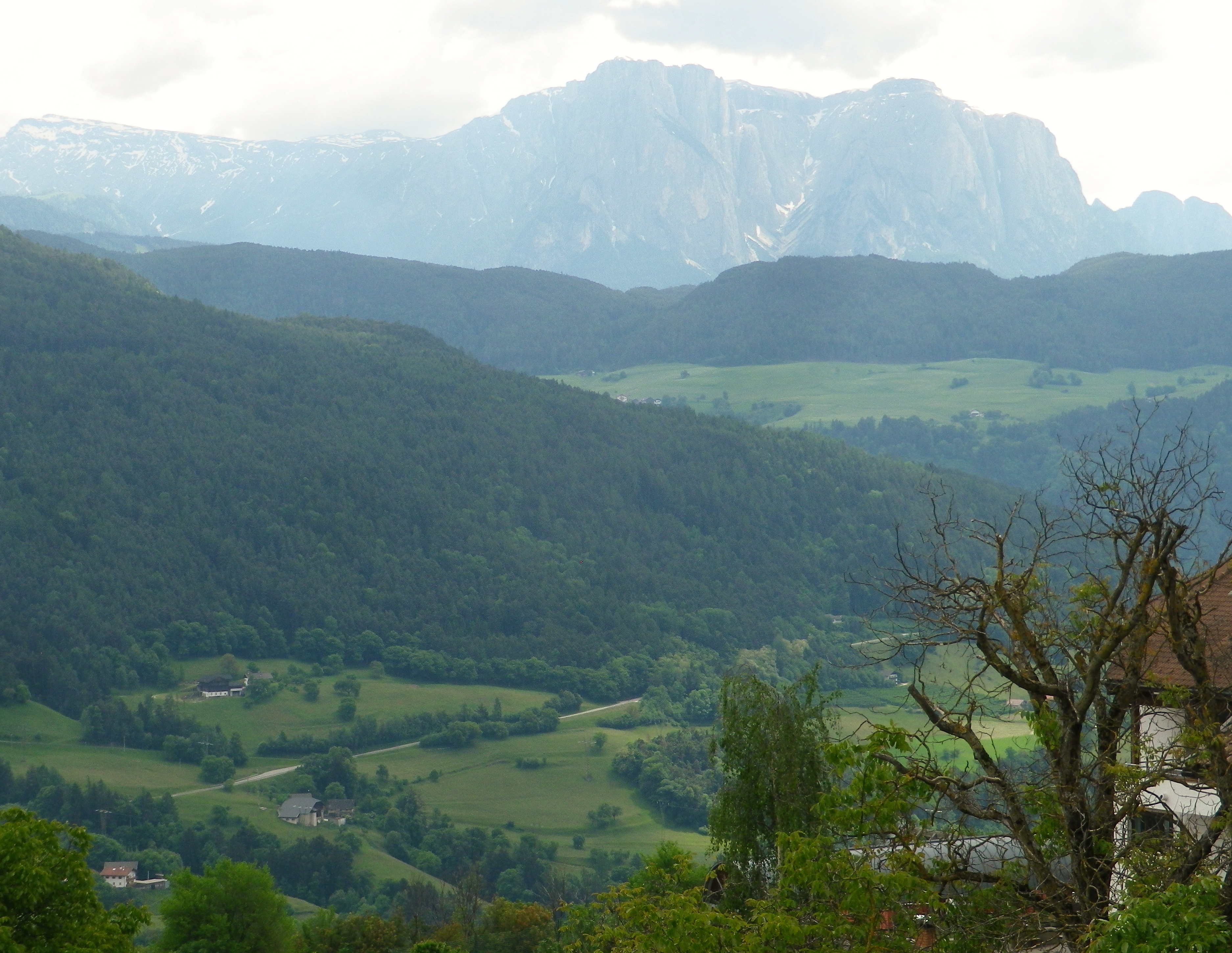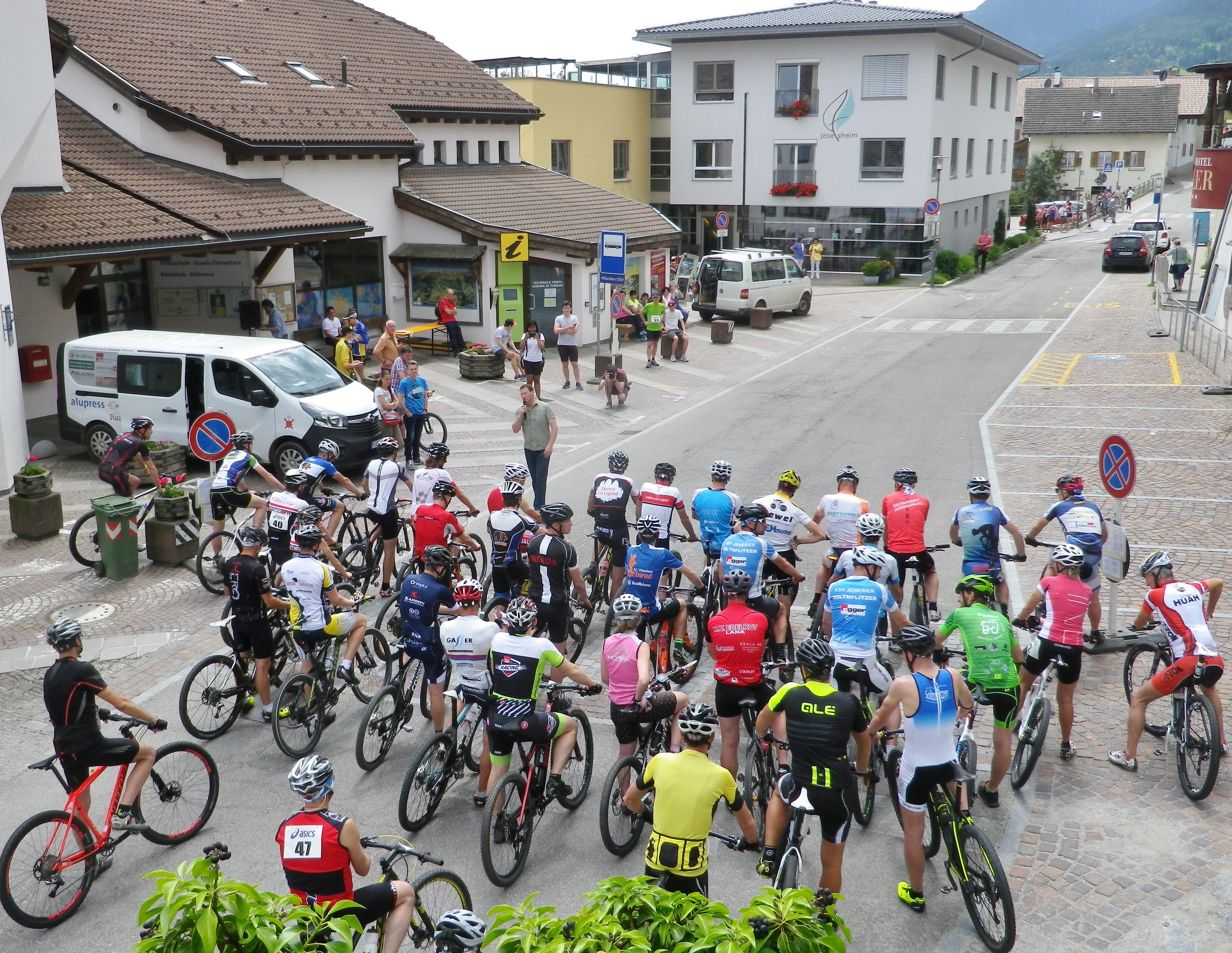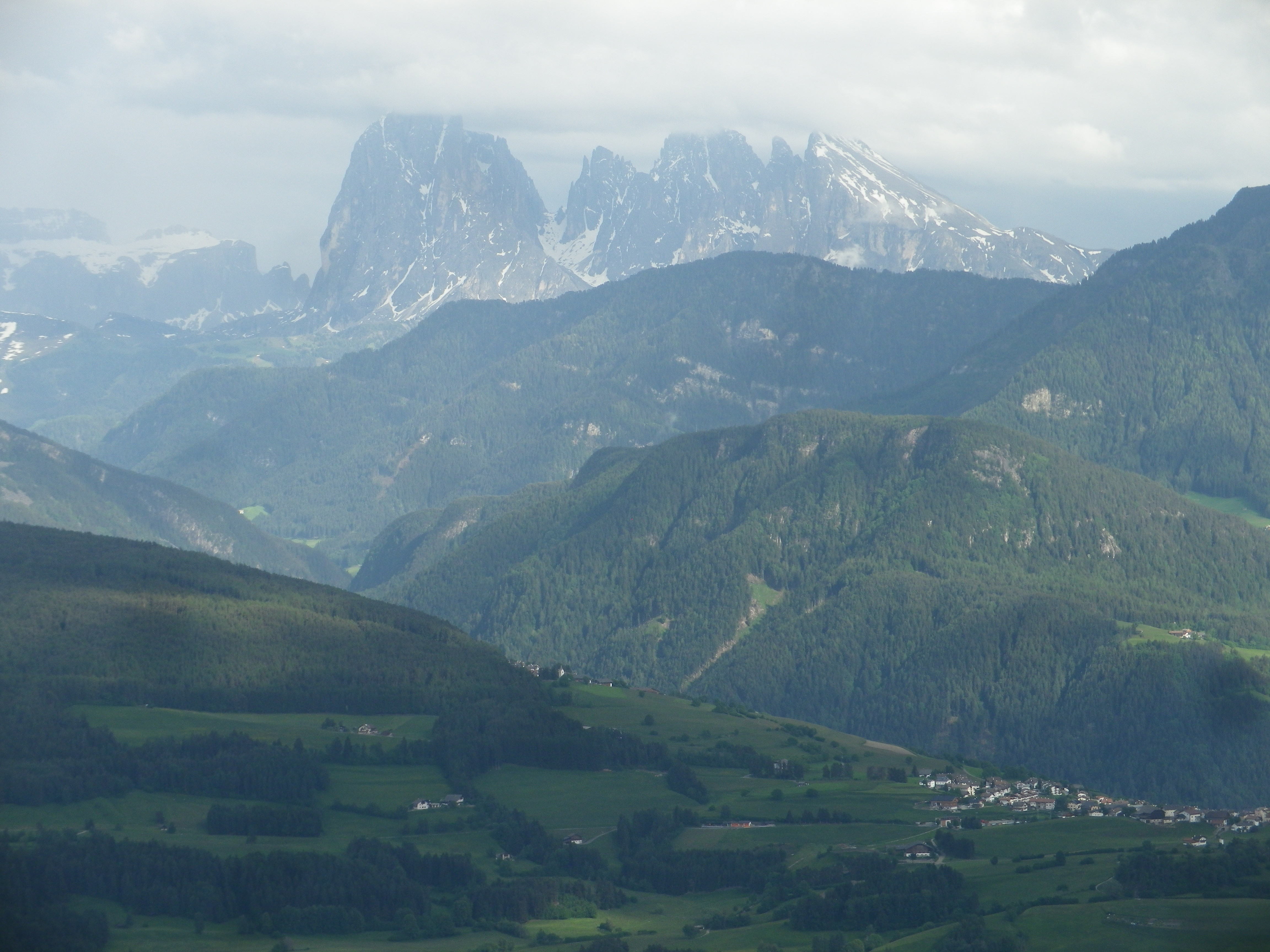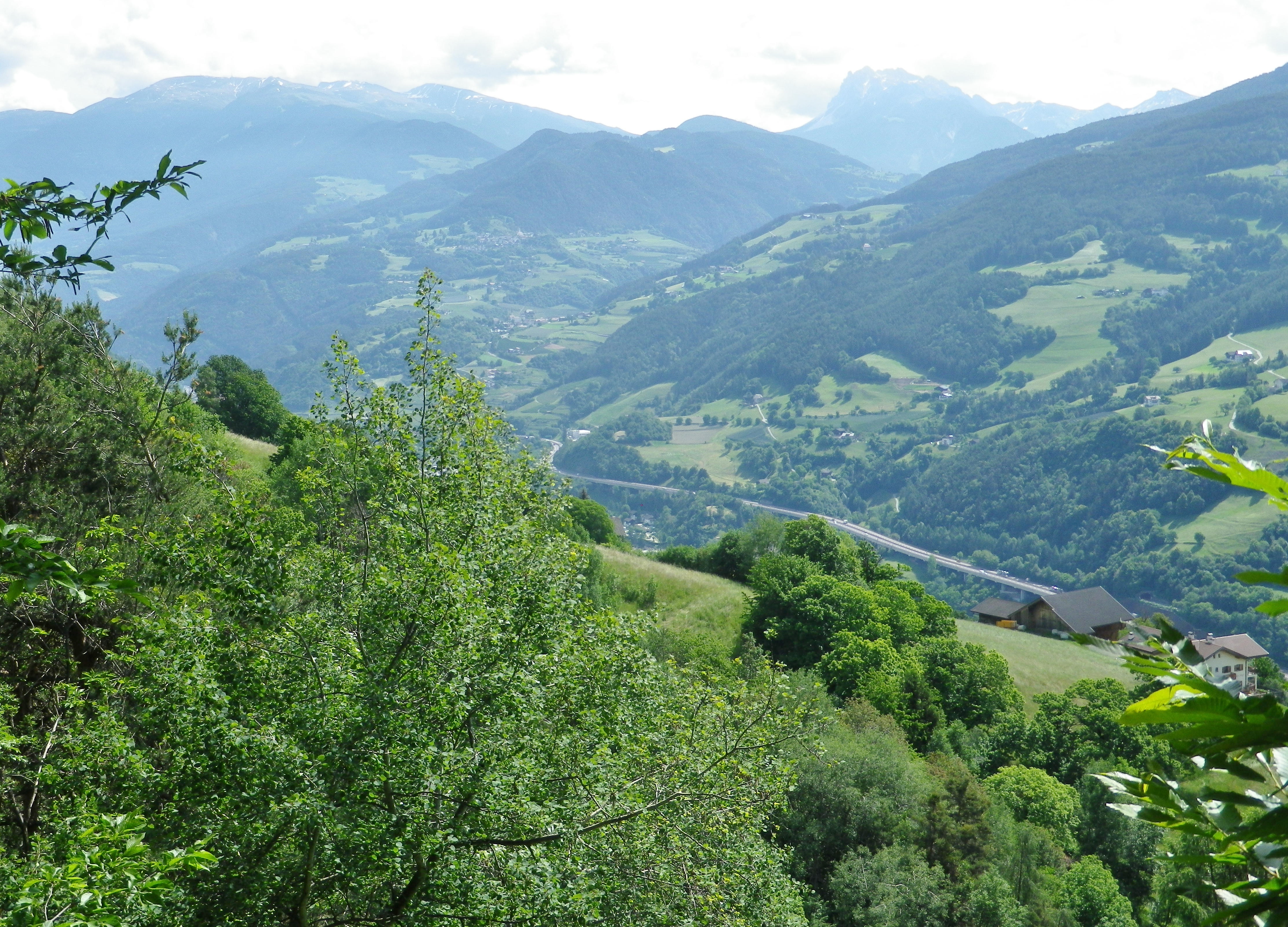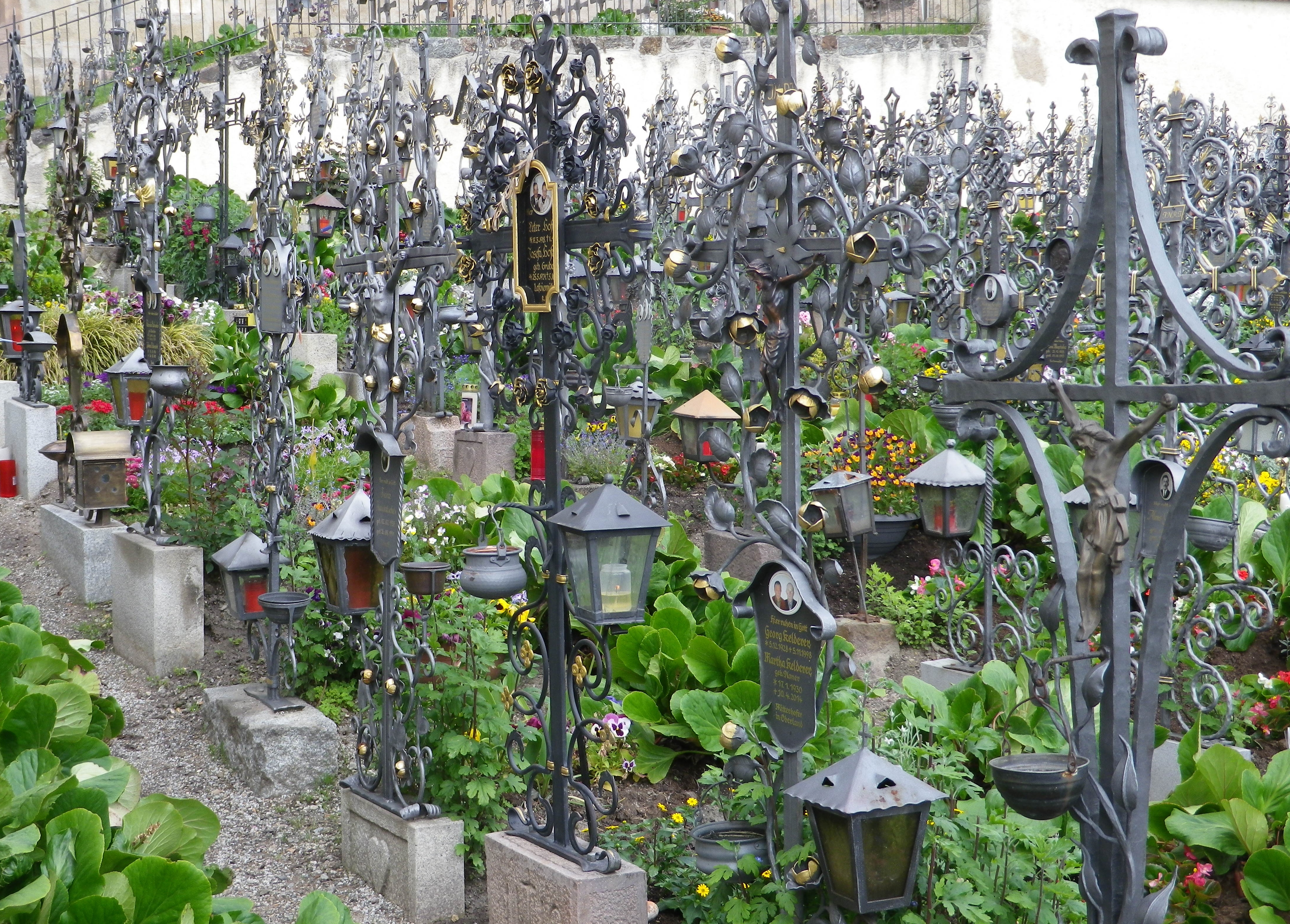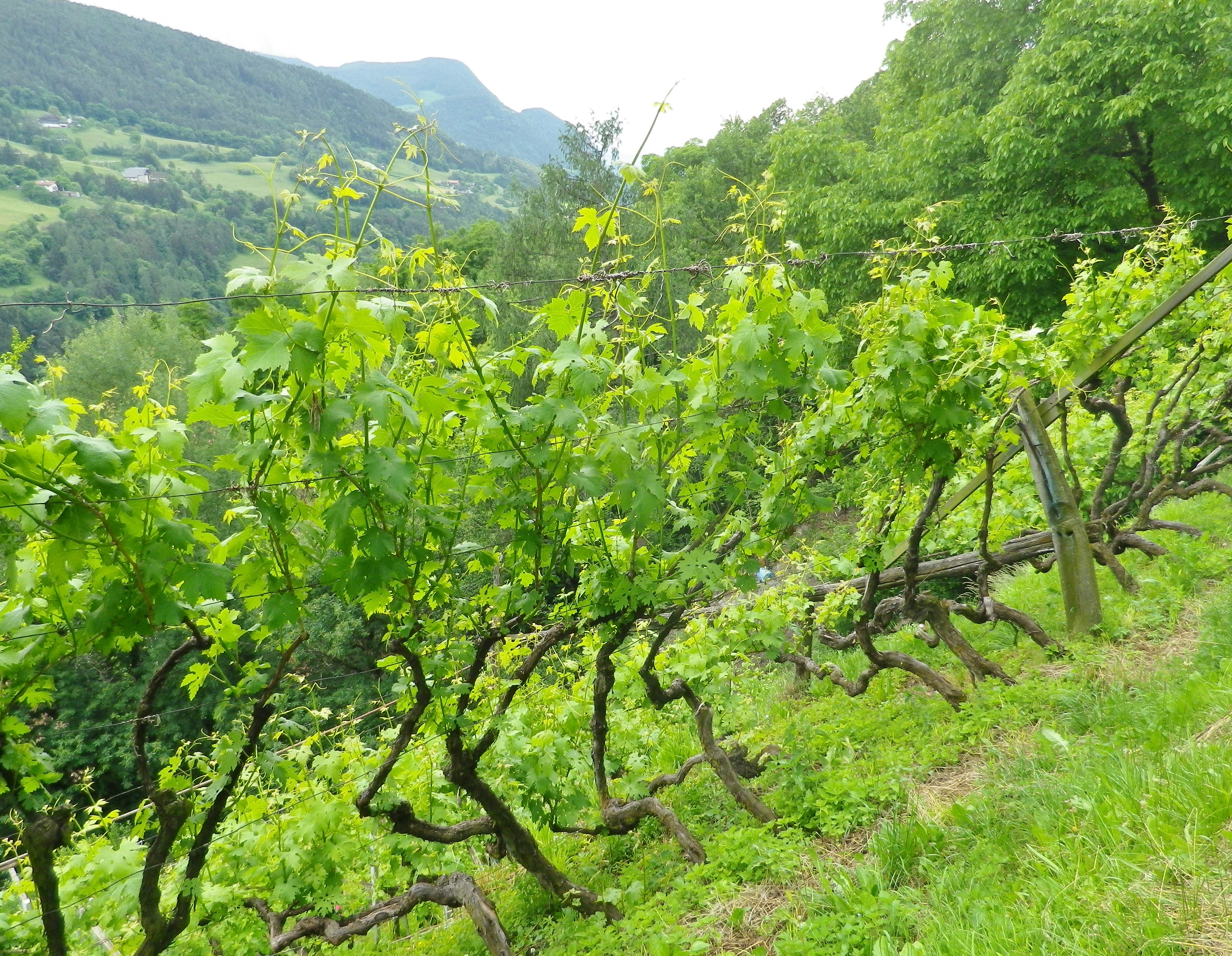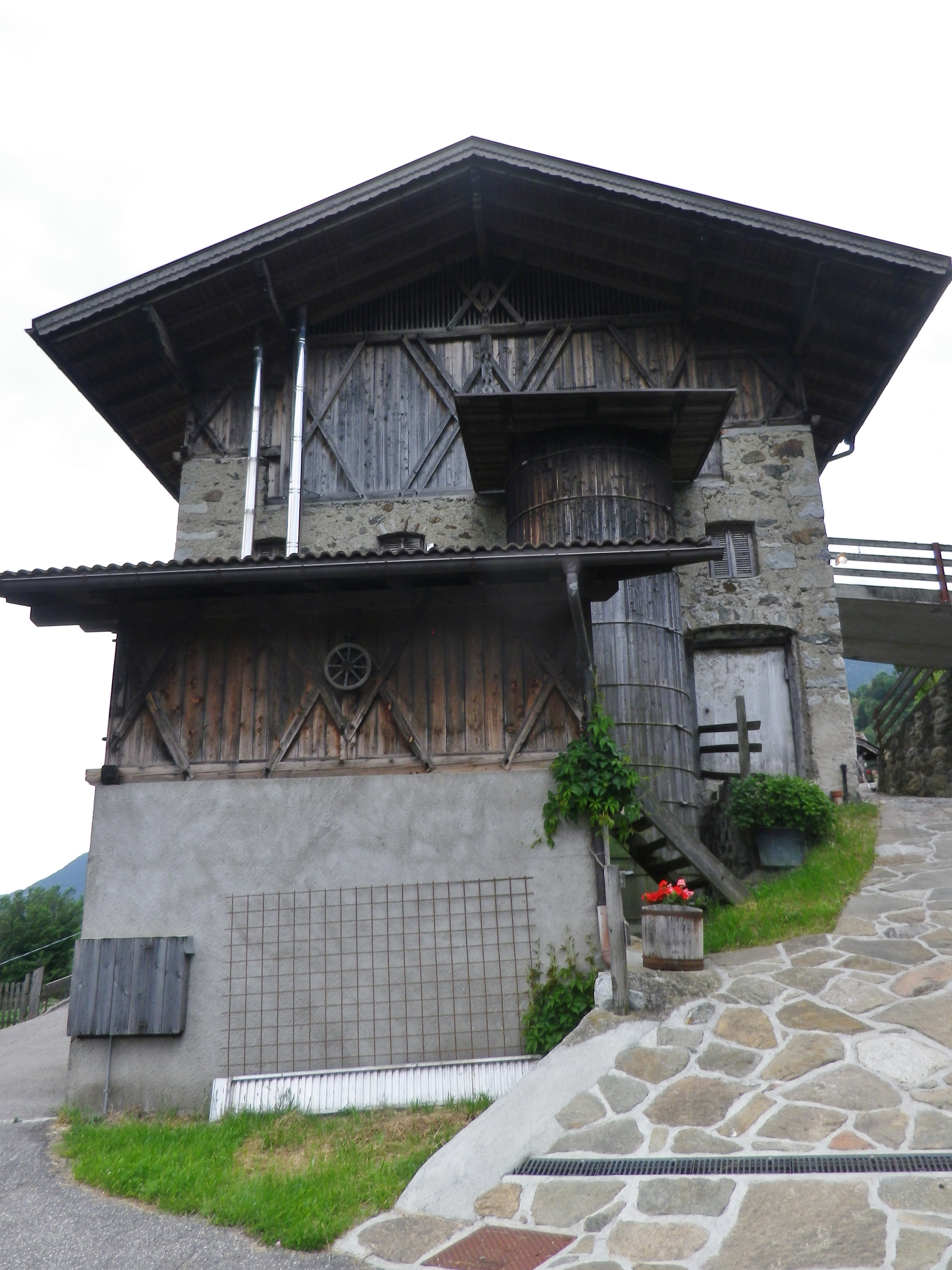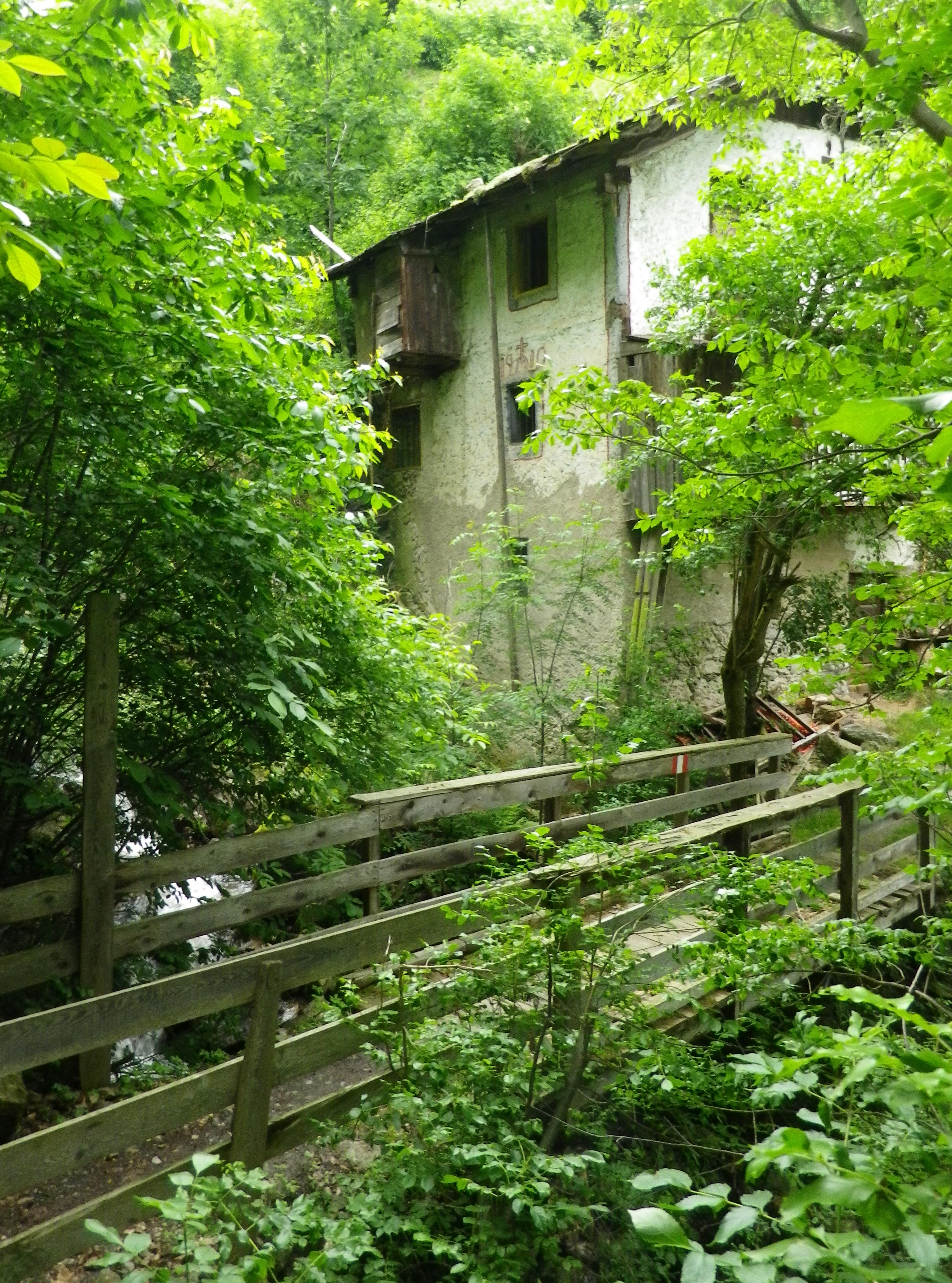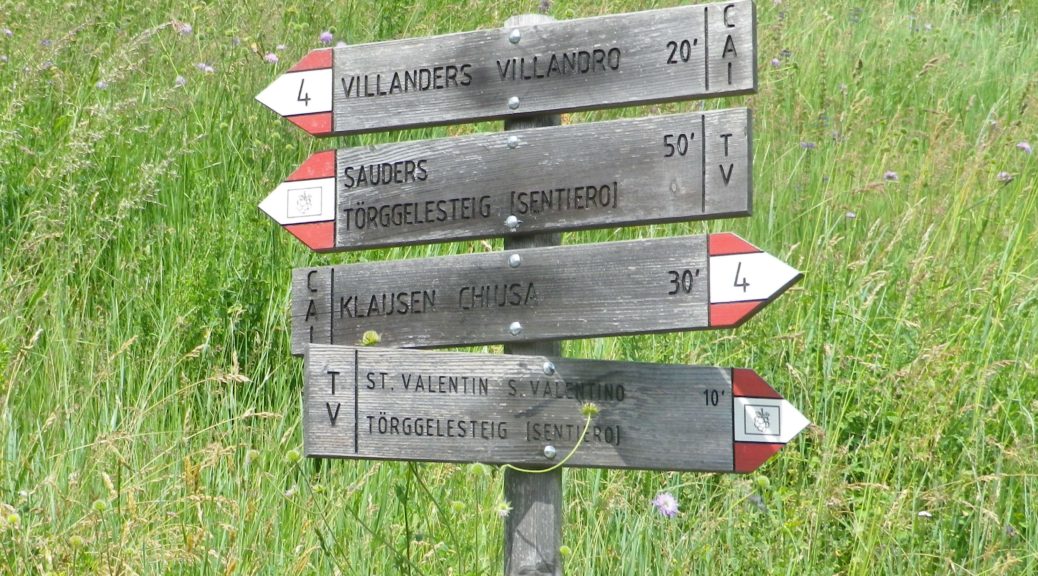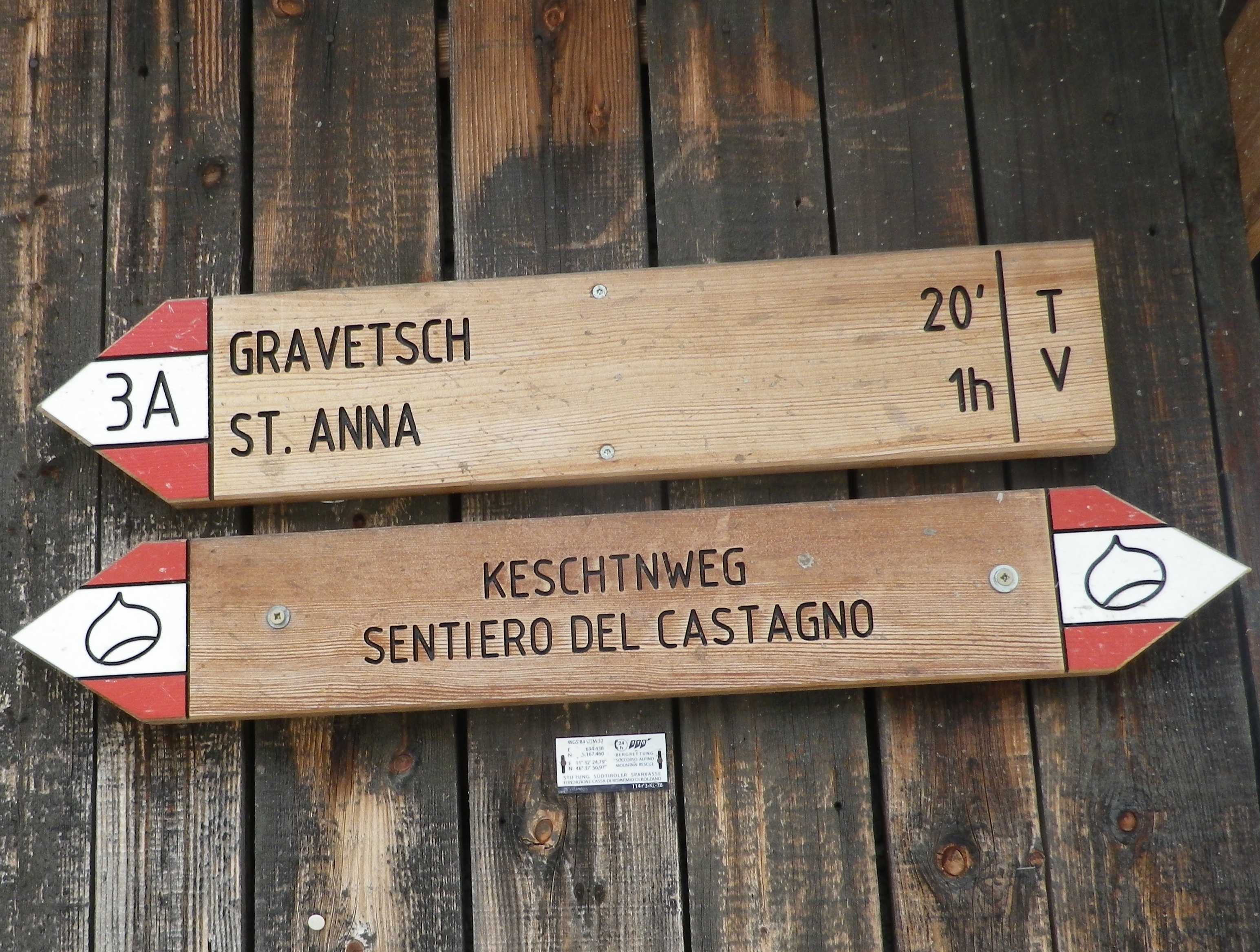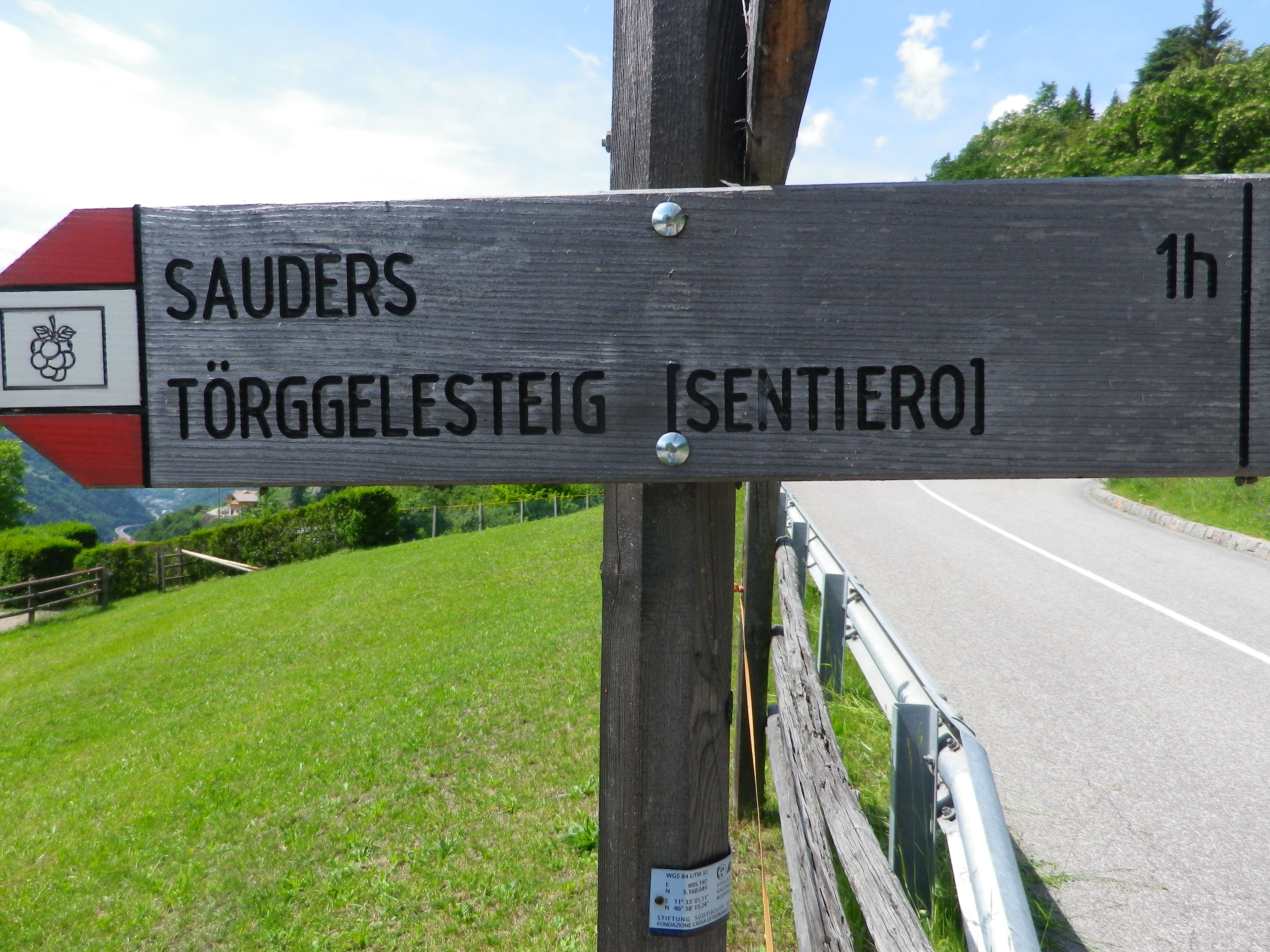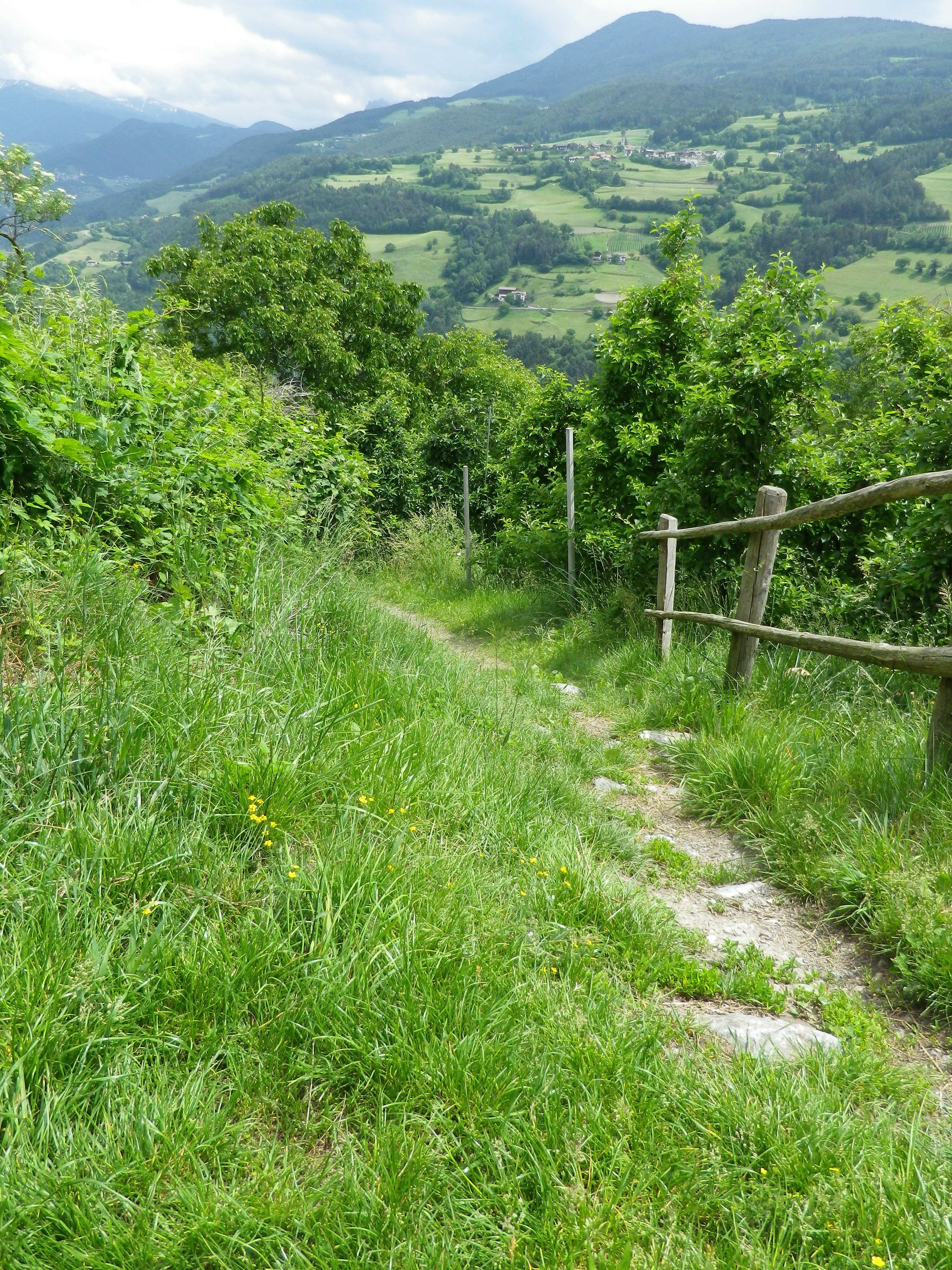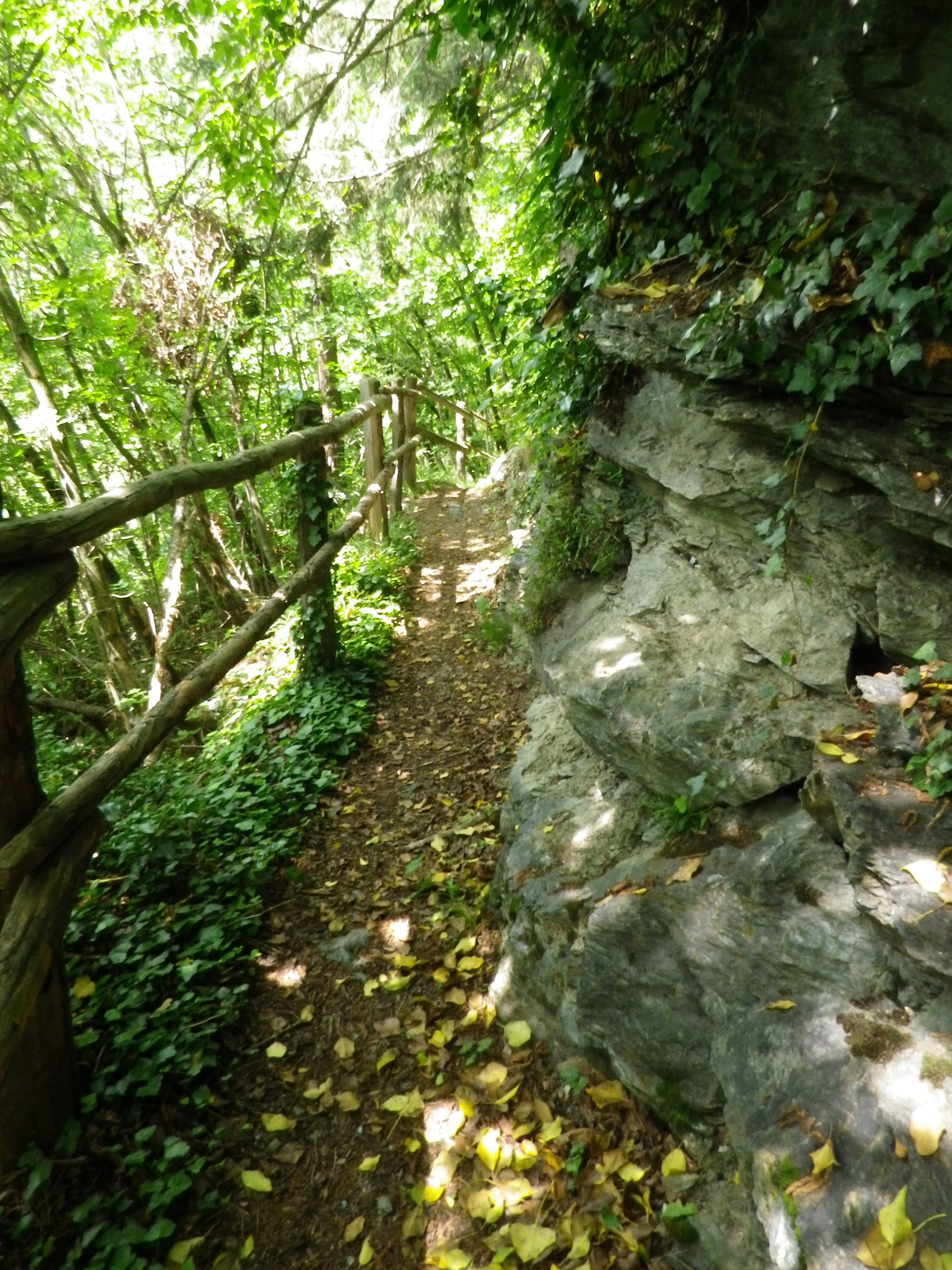Trail Name: Saale Weinwanderweg
Trail Type: Mid-distance circuit hiking trail; well-maintained and mostly smooth surfaces, much of it paved, but no trail-specific marking on the trail
Length:
Total – 25 kilometers/15.5 miles
Convenient to: Leipzig, Germany
Marking:
No trail-specific marking
Trail Description: A very easy, if not a bit long trail, with only one ascent of any challenge, through the largely isolated vineyard areas between Naumburg and Bad Koesen, and those two urban centers. While the scenery is less spectacular than other trails, the attraction here is found in the quiet and very laid-back countryside of this little-known wine region of northern Germany.
Trailhead: Marienring x Hallesche Str, Naumburg, Saxony-Anhalt, Germany
Parking:
Naumburg (just before the river crossing to Henne): a medium sized unimproved lot
Grossjena: K233x Wasserstr, just after the bridge, a small unimproved lot
Bad Koesen: by the sports field at the trailhead, at the end of Hallesche Strasse
Public Transportation Options:
Rail: DB (DeutscheBahn) regional trains serve this area, and the nearest, and undoubtedly largest, hub for services in the county is Leipzig.
Bus: PVG Burgenlandkreis serves the area with a combination of tram and bus lines. Check the website for details.
Suggested Stages: Not applicable
Trail Itinerary-Reference Points: (Counterclockwise)
Naumburg:, Hallesche Str-Hallesche Anger, along the Saale, over river on Hallesche Str; Henne: past the Naumburg Wein und Sekt Manufaktur, road turns to path; Along Bluetengrund toward Grossjena; Cross Unstrut after 500 meters passing the Max Klinger Museum entrance; Kleinjena: Friedrich-Schulze Strasse, Unter den Reussen, path; Rossbach: Pass St Elizabeth church, Am Leihdenberg, Am Meisel, Trift, Weinberge; Pass the Steinmeister vineyards, Pass the Besenwirtschaft Dierking, Along Saale on Weinberge-Saaleberge, Pass Klosterpforta; Bad Koesen: Saalstr, cross the bridge, Naumbergerstr/B87, An der Kleinen Saale; Schulpforte; woods, Panoramaweg, Koesener Str, Michaelisstr, Lindenring, Herrenstr, pass the town hall on the main square, Marienstr.
Representative Trail Photos:
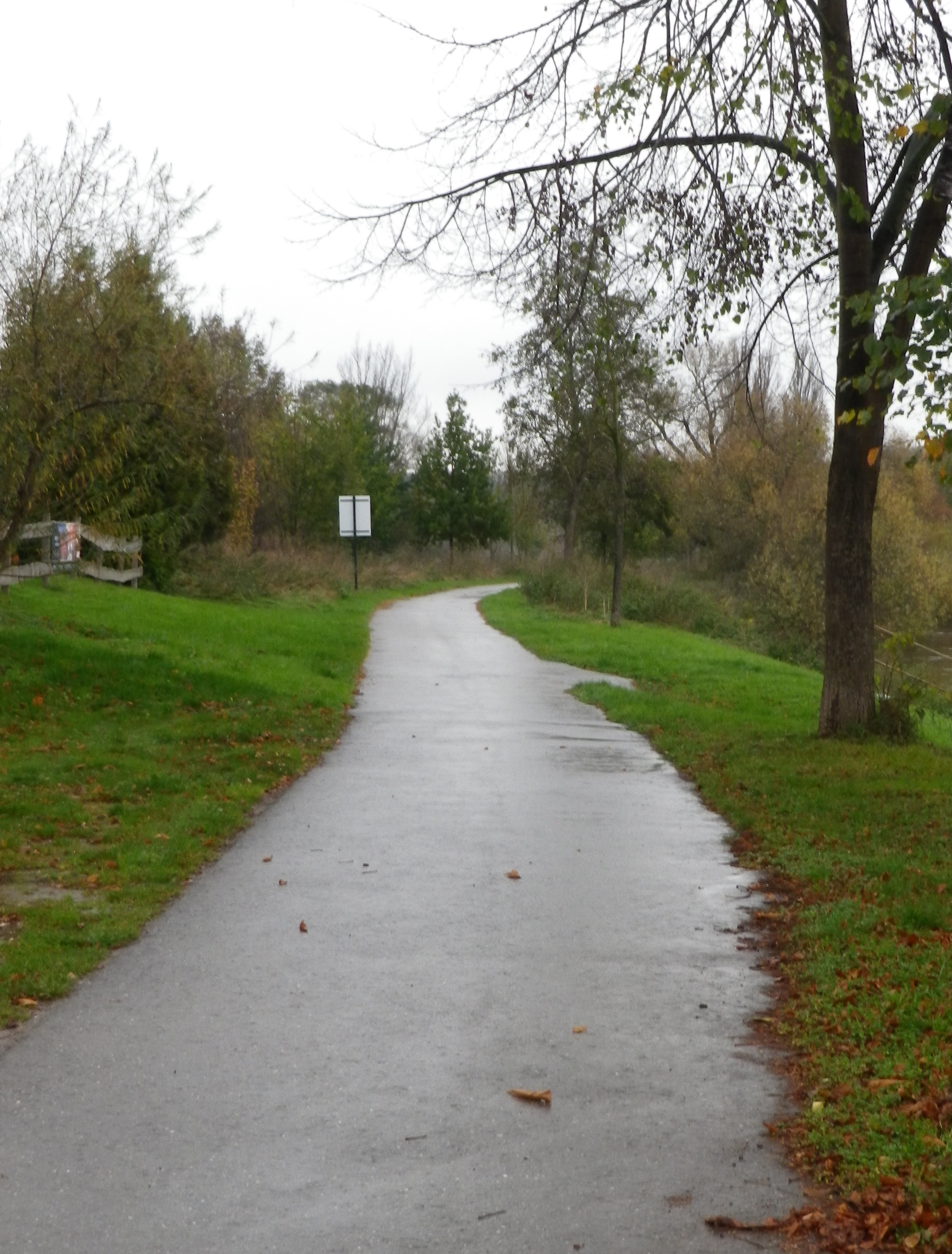
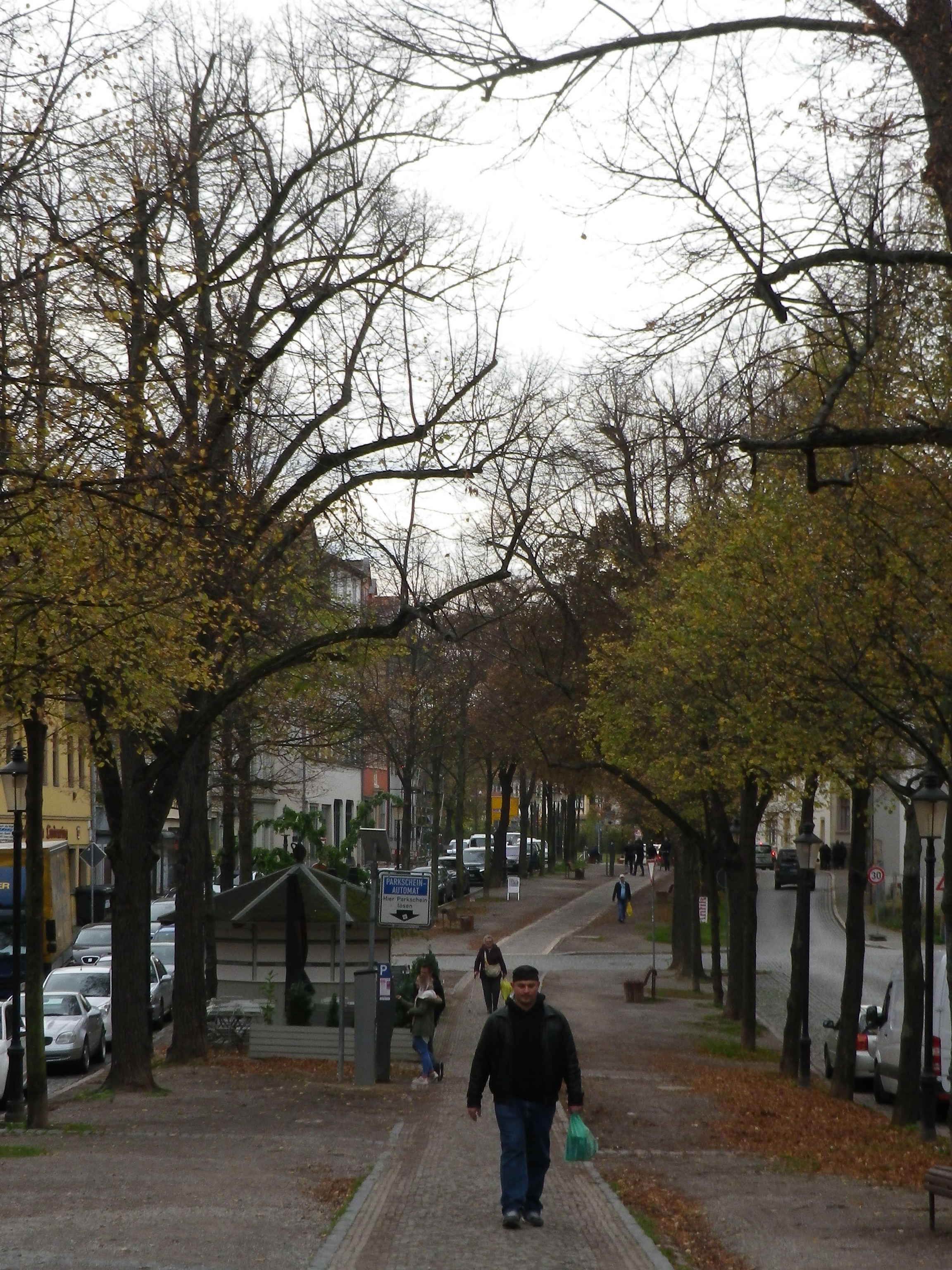
Restrooms:
No public ones observed
Attractions on or near Trail:
Max Klinger Museum, just outside Grossjena, dedicated to a well-known local artist, who also had his own vineyards on the grounds.
The local wine museum is located between Grossjena and Freyburg, in Schloss Neuenburg, a mile or so off the trail.
Tasting along the Trail:
Trail boasts numerous vintner establishments along the way, but the Wein und Sekt Manufaktur in Naumburg-Henne, Kloster Pforta, Schulpforte, and the wineries between Rossbach and Bad Koesen, are your best opportunities to purchase bottles.
Alternative Options:
Hiking:
-Weinlehrpfad Saale-Unstrut, a 12-kilometer (7.4 mile) trail along the vineyards on the Unstrut, starts in Laucha, and finishes by the bridge in Freyburg.
-Weinbergsweg, an 11-kilometer (6.8 mile) circuit around Bad Koesen, some of which is on the Saale Weinwanderweg.
Biking: The long-distance Saale Radweg, while not wine-themed, passes many of the wineries mentioned above, and is used by this hiking trail in part.
Additional Information:
Regional:
http://www.weinregion-saale-unstrut.de/ for wine tourism information concerning this wine region
https://www.saale-unstrut-tourismus.de/ for tourism in general in the Burgenland Kreis county
Trail specific: https://www.outdooractive.com/de/route/wanderung/saale-unstrut/saale-weinwanderweg-ab-naumburg/1405756/#dm=1
Comments:
Due to a knee injury, I did not hike this trail itinerary, so I cannot comment on the ascent or the wooded section of this trail between Bad Koesen and Naumburg.
